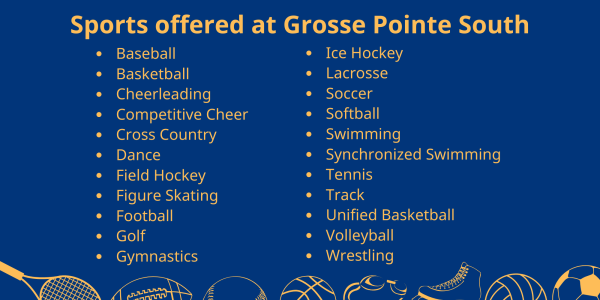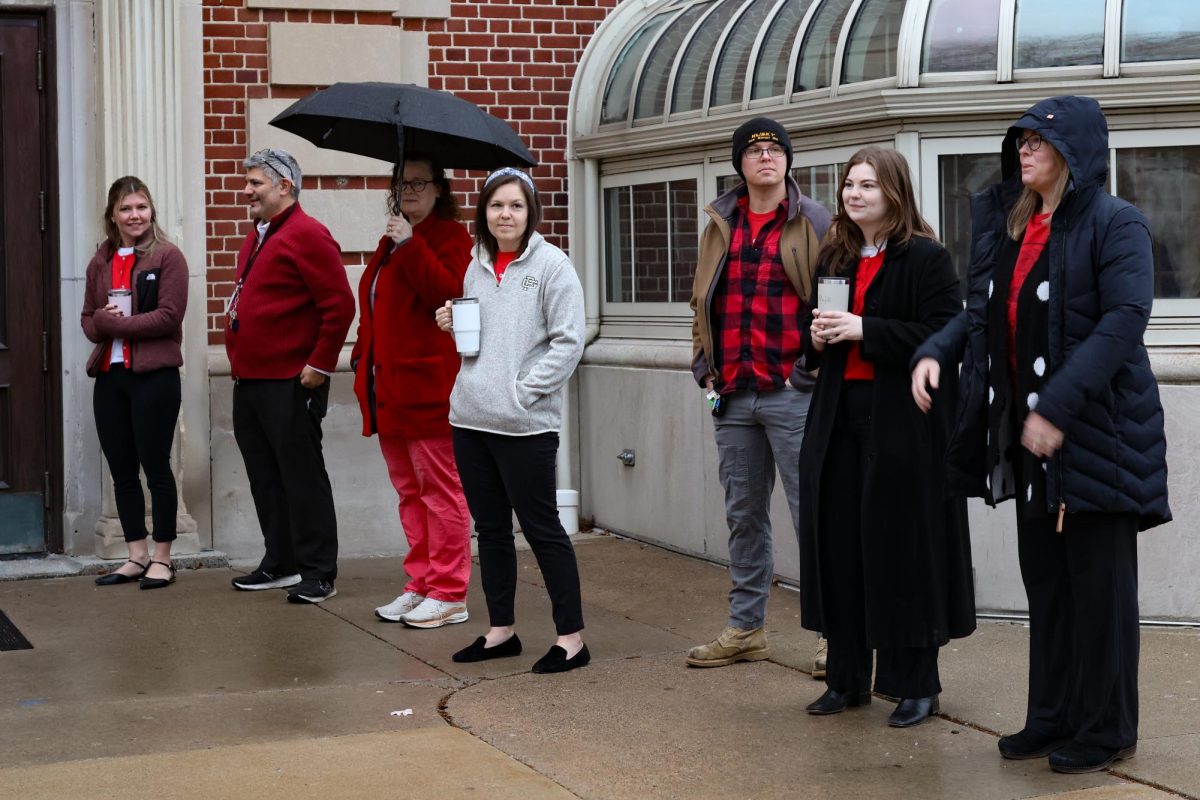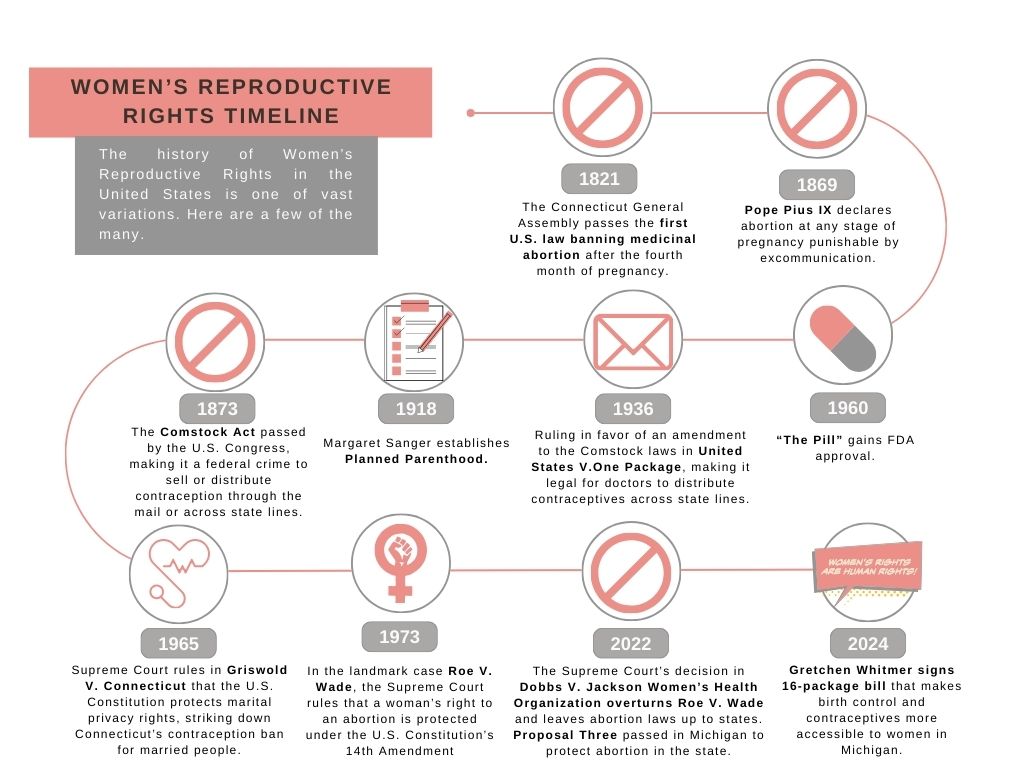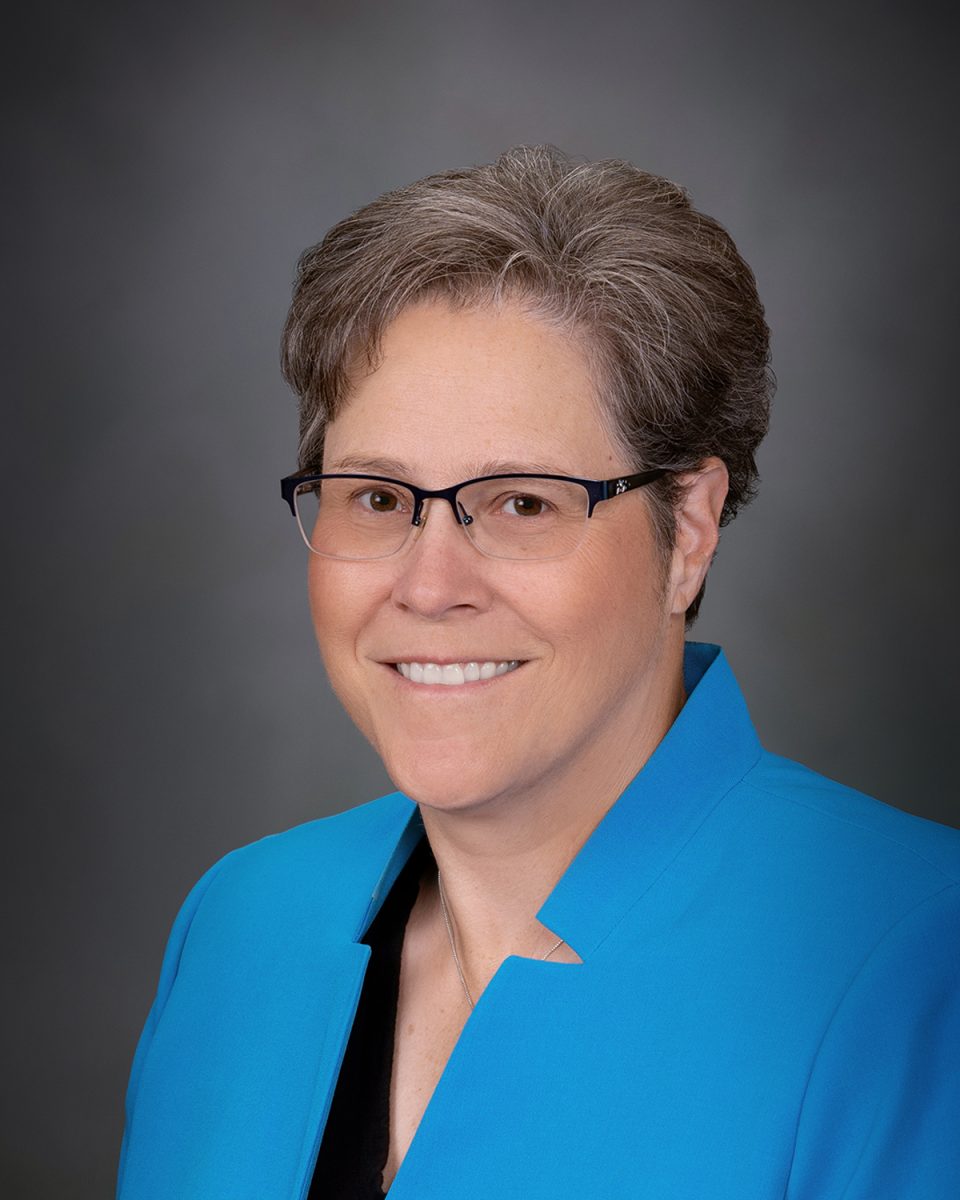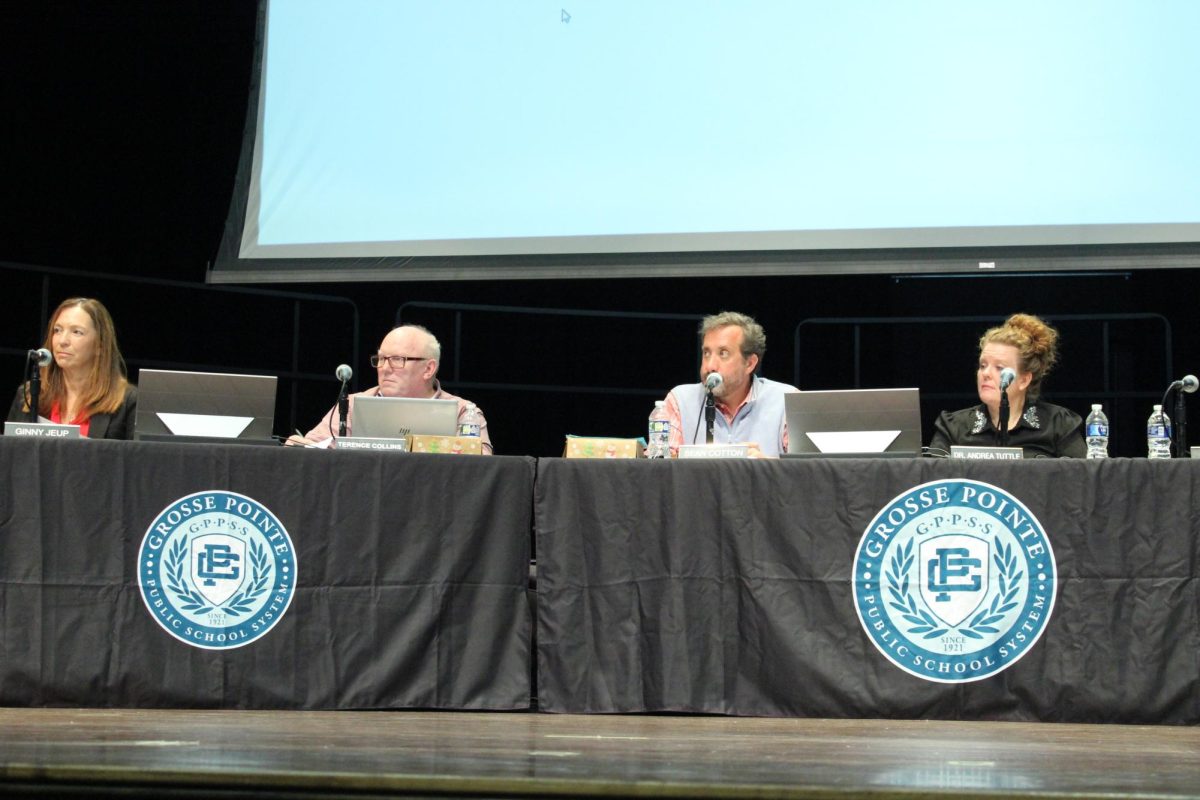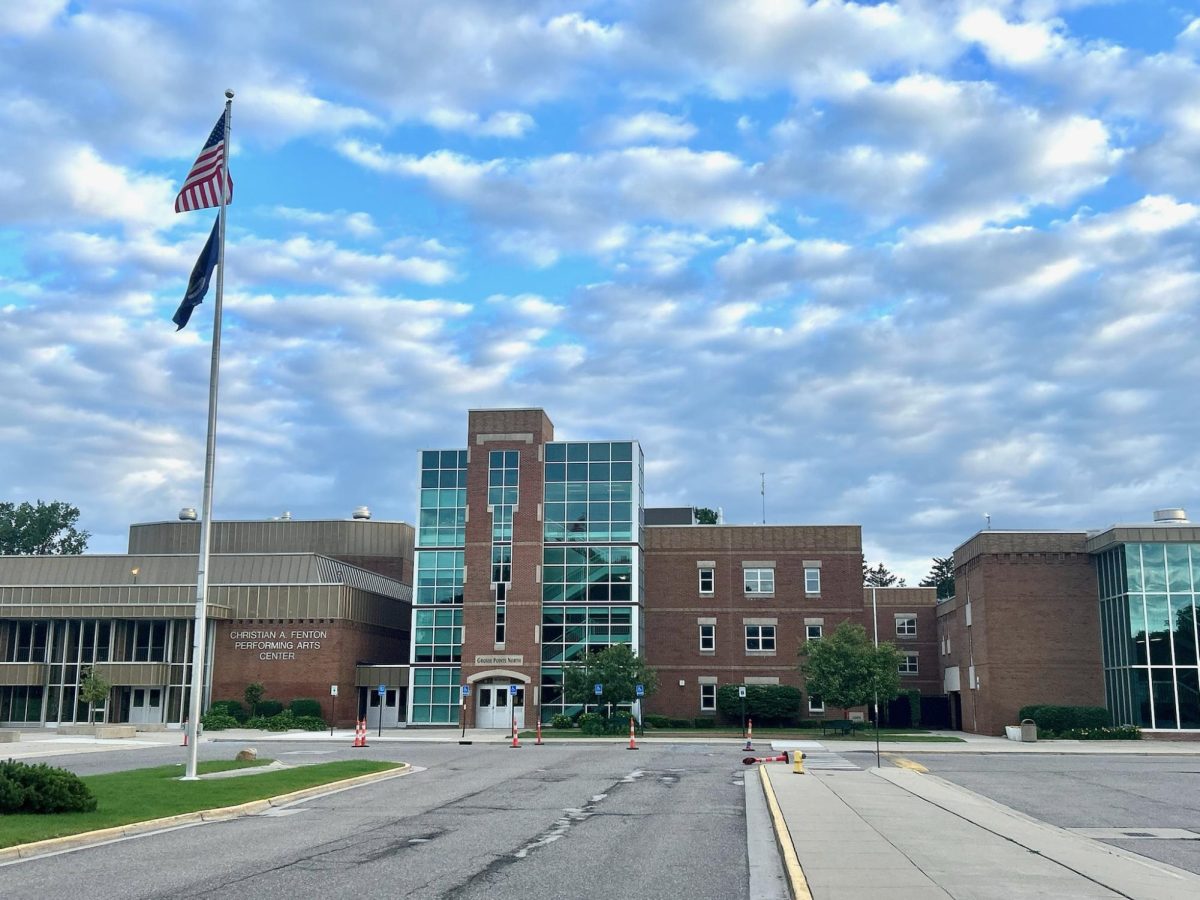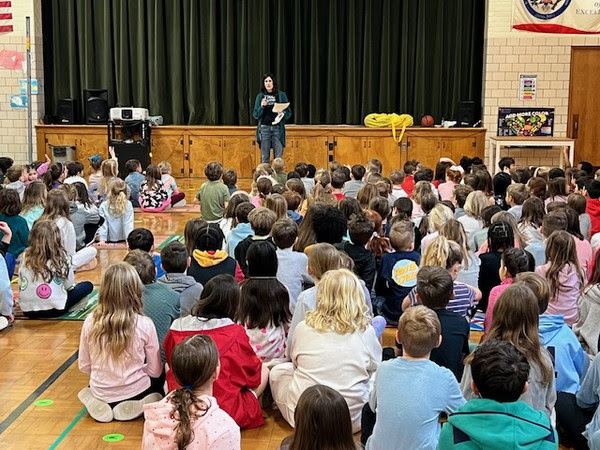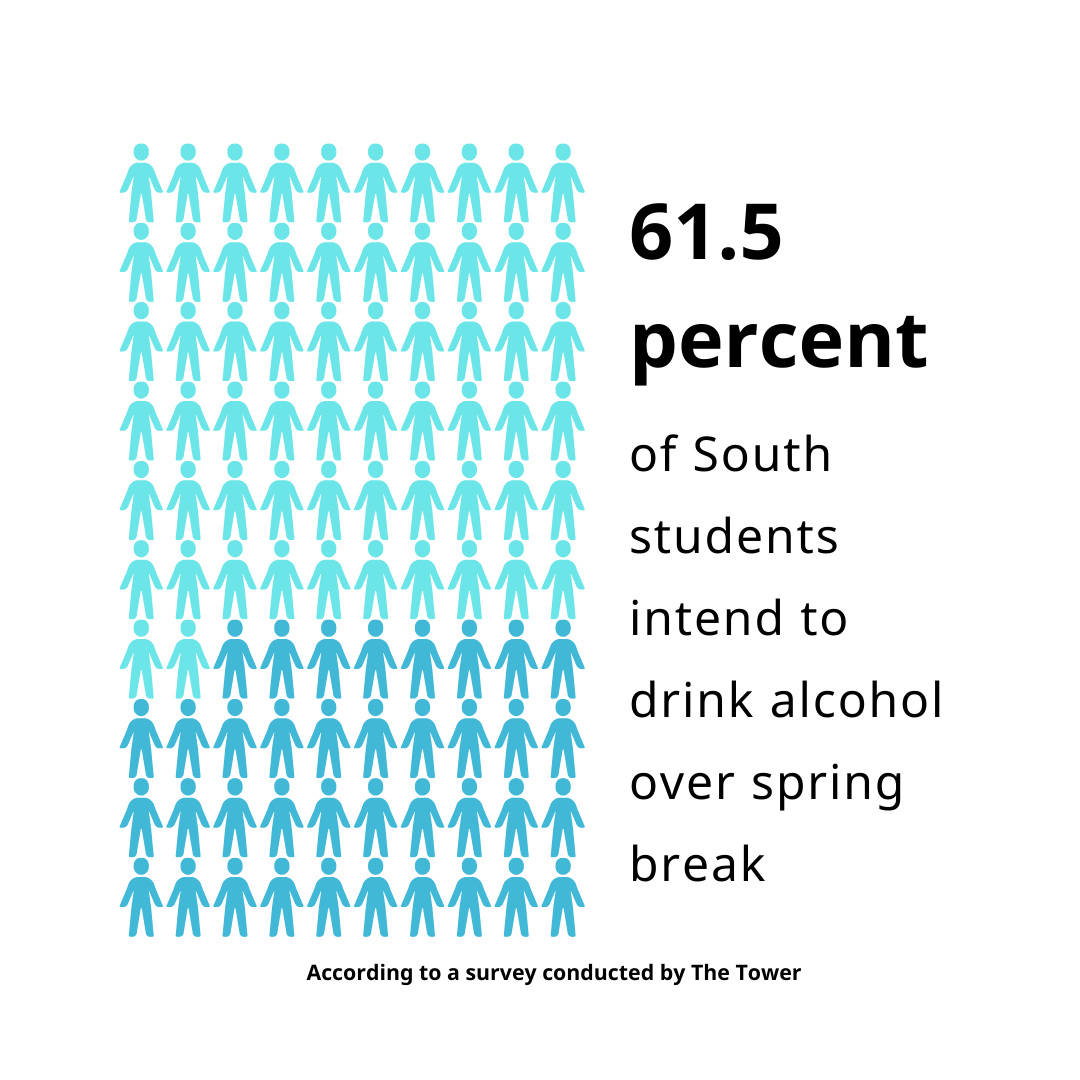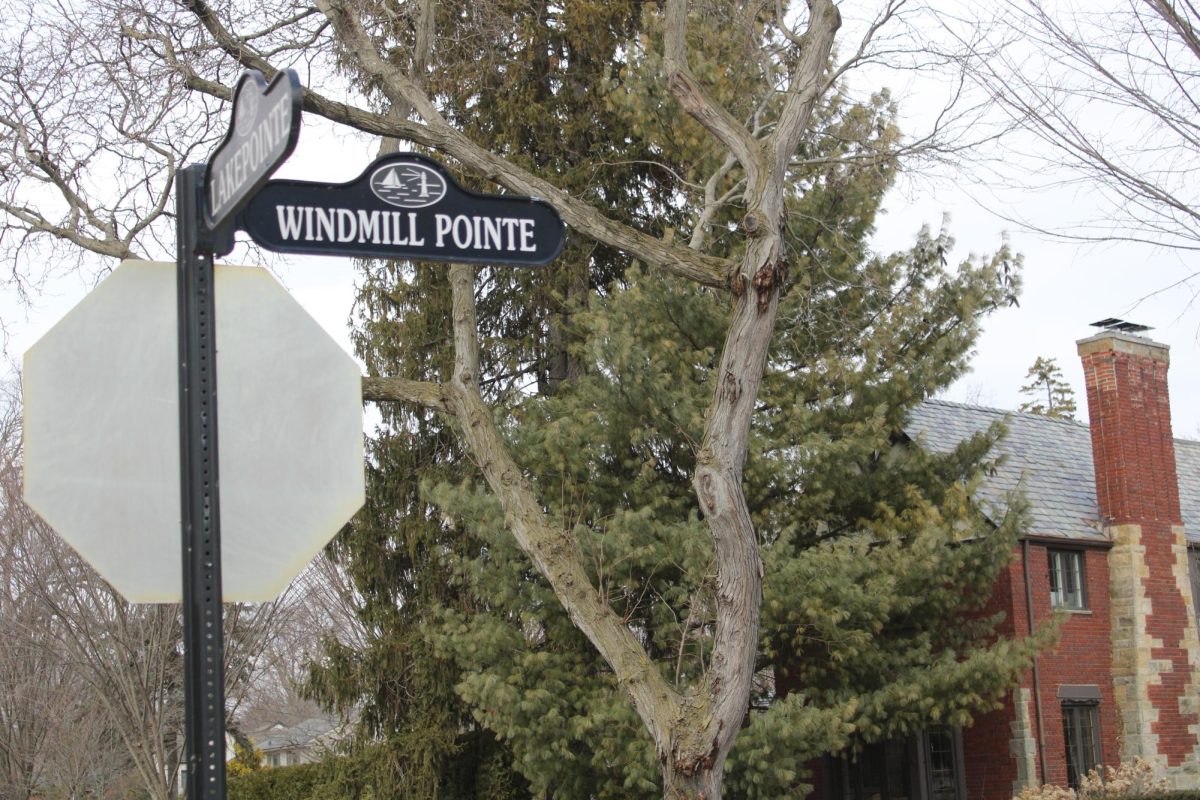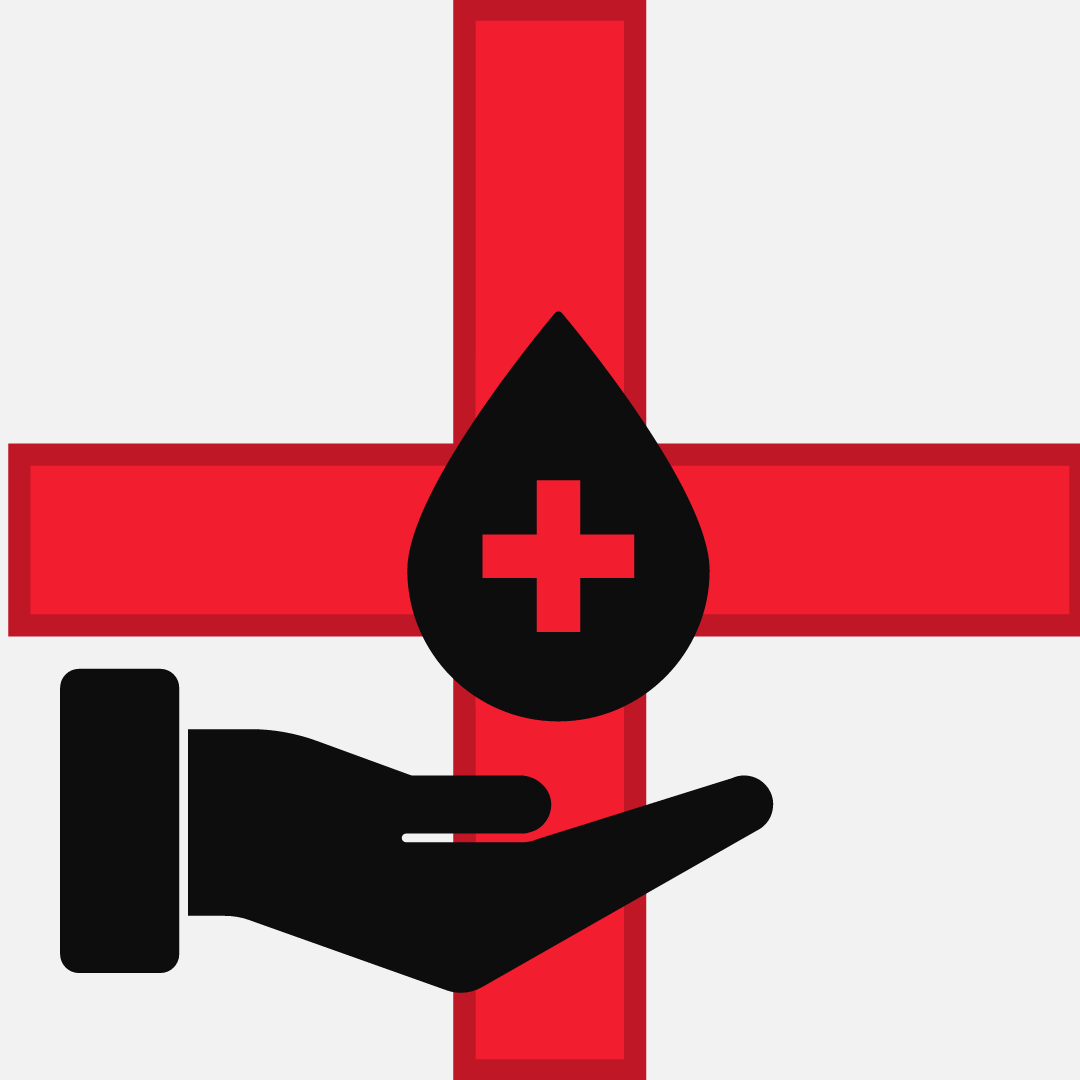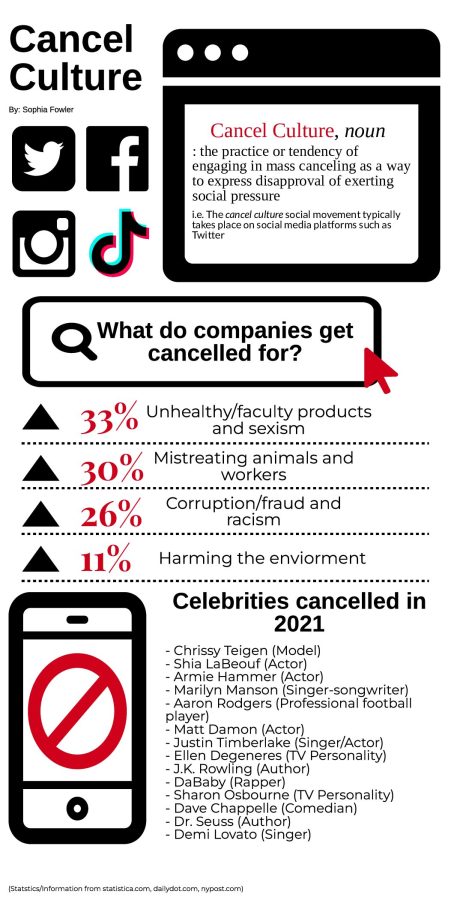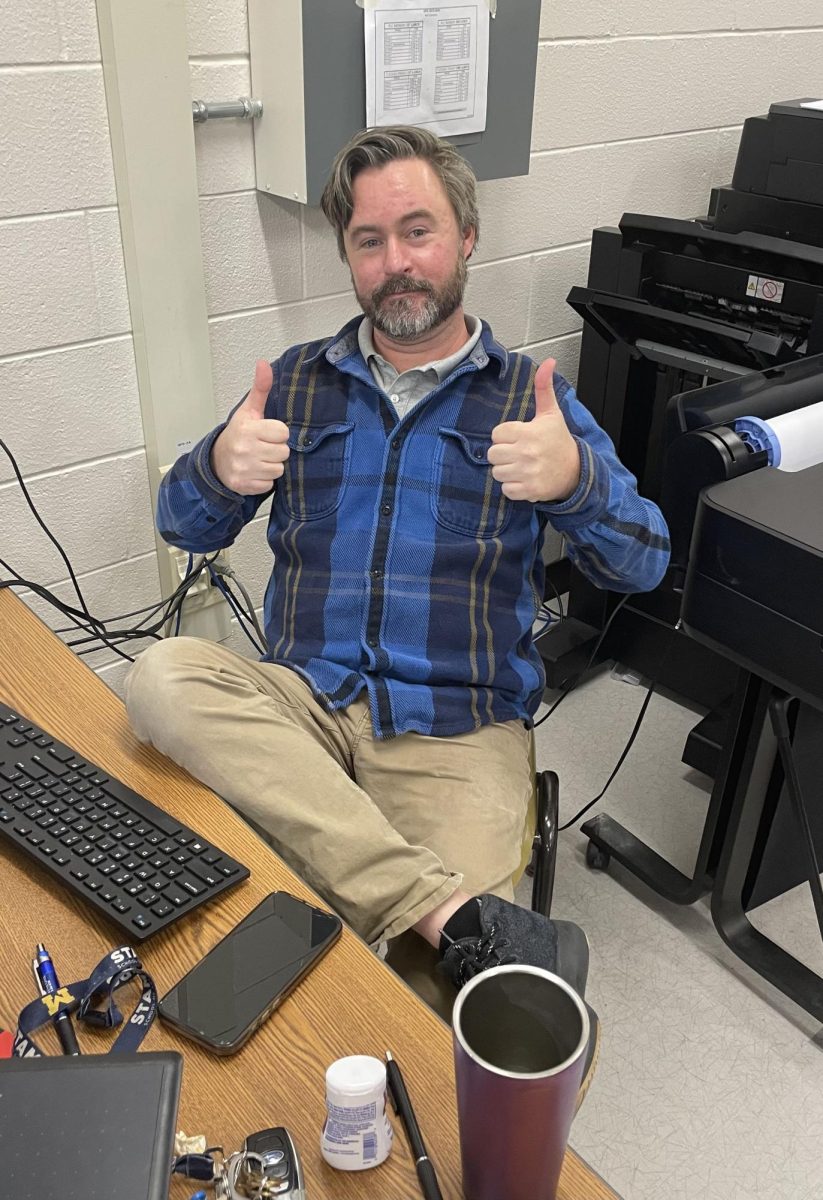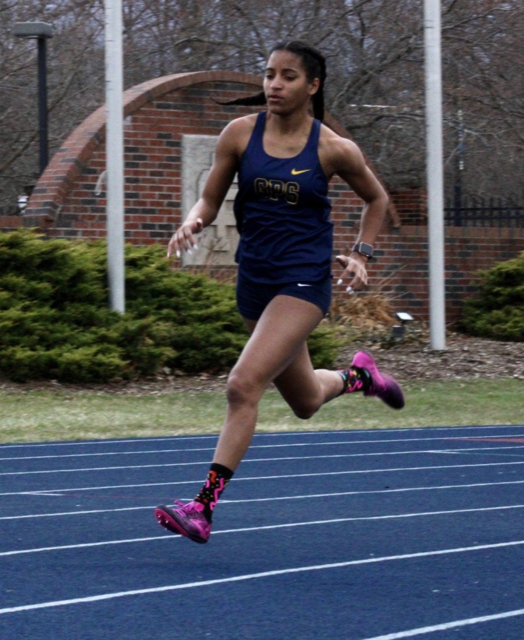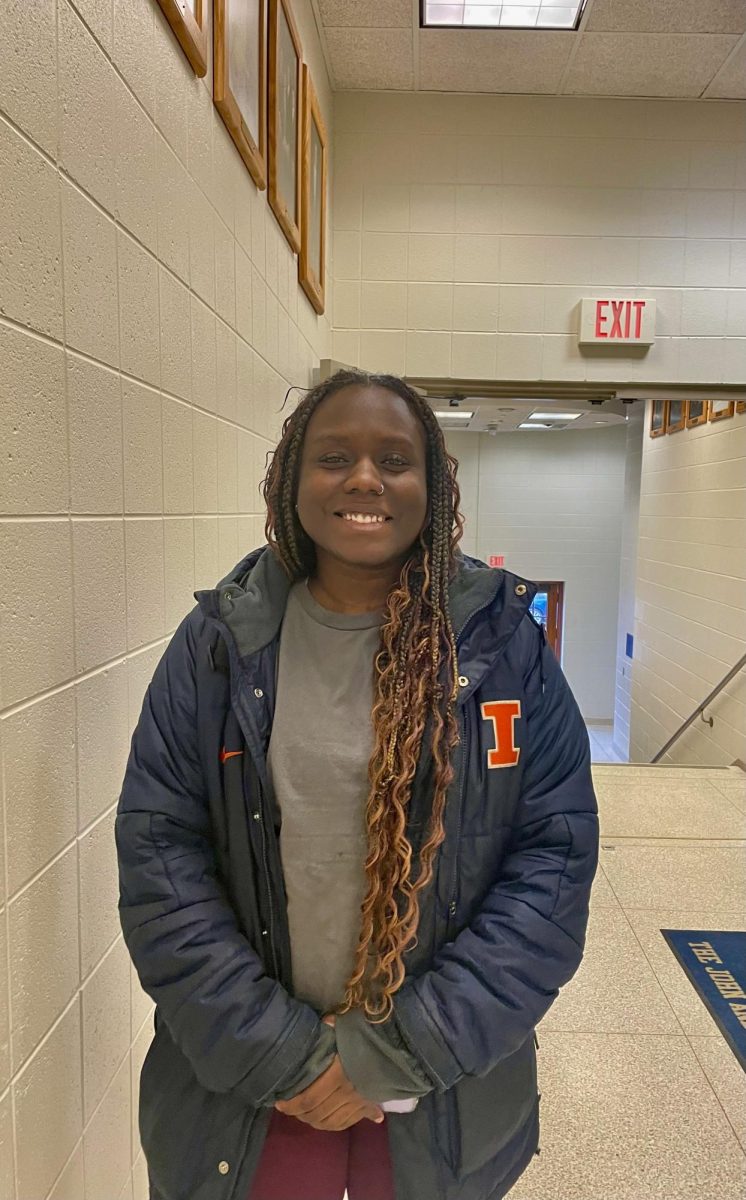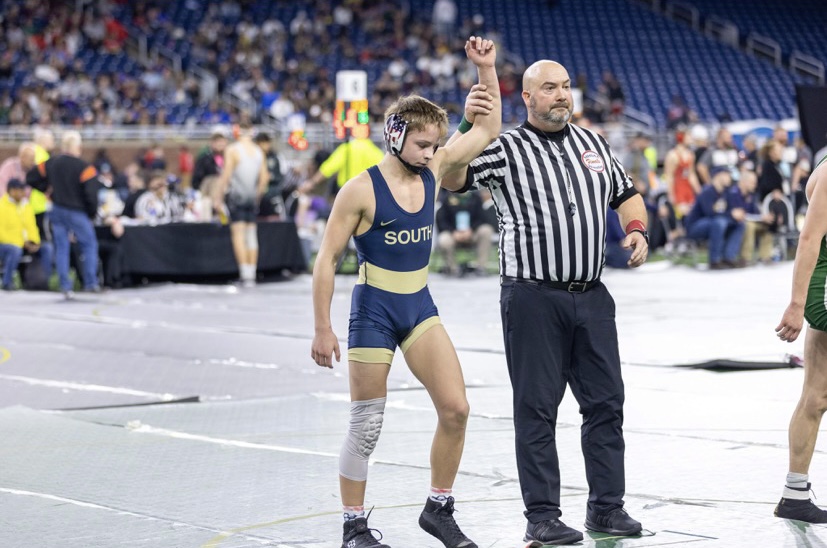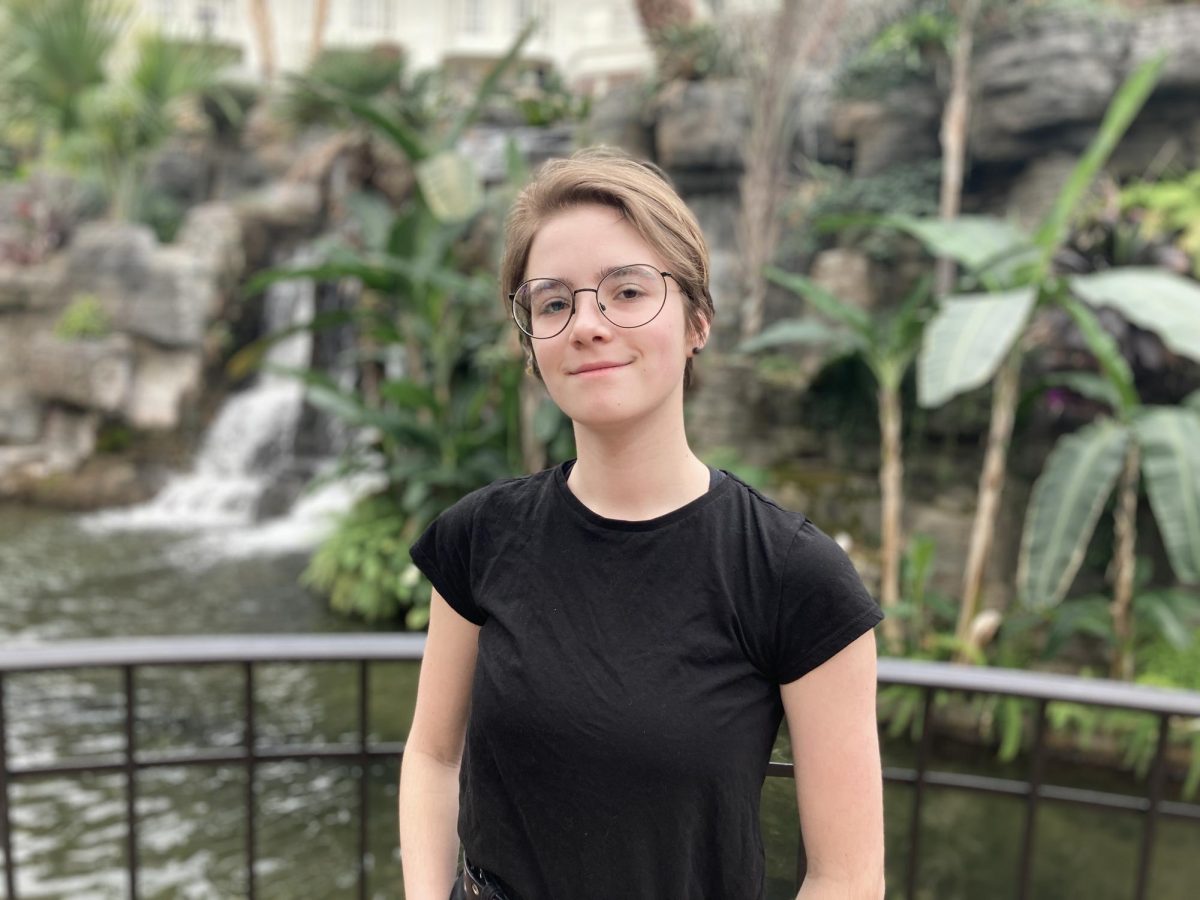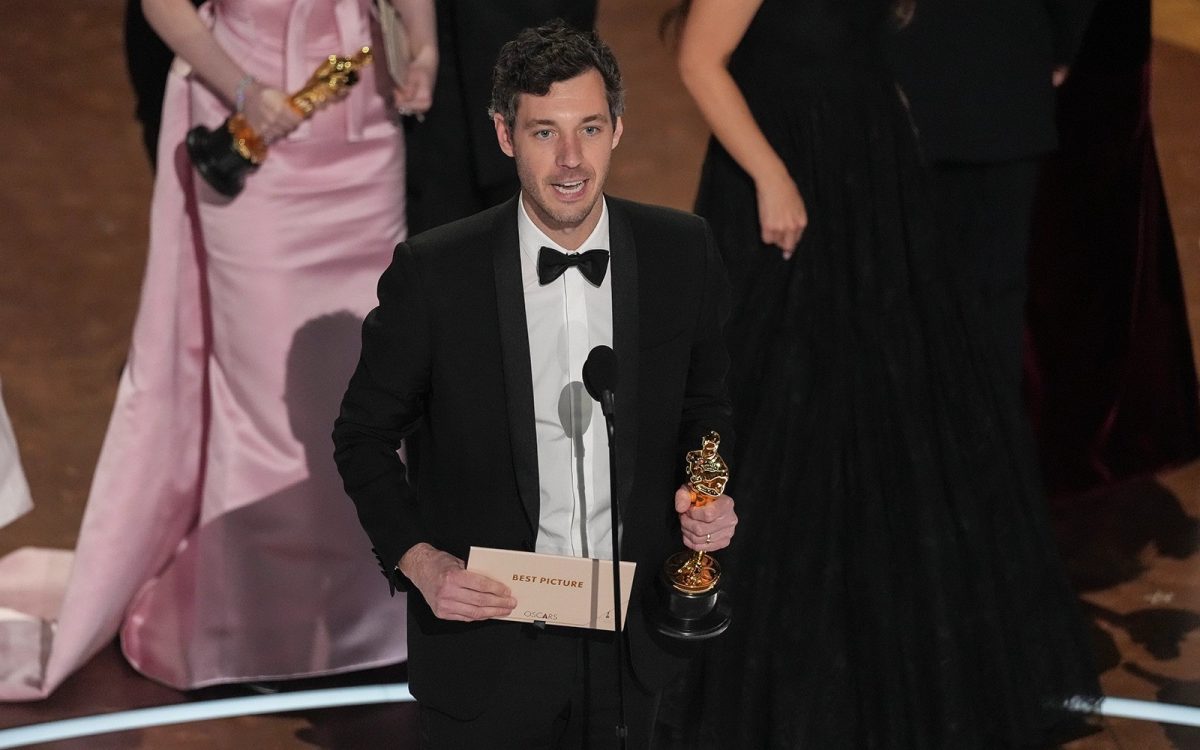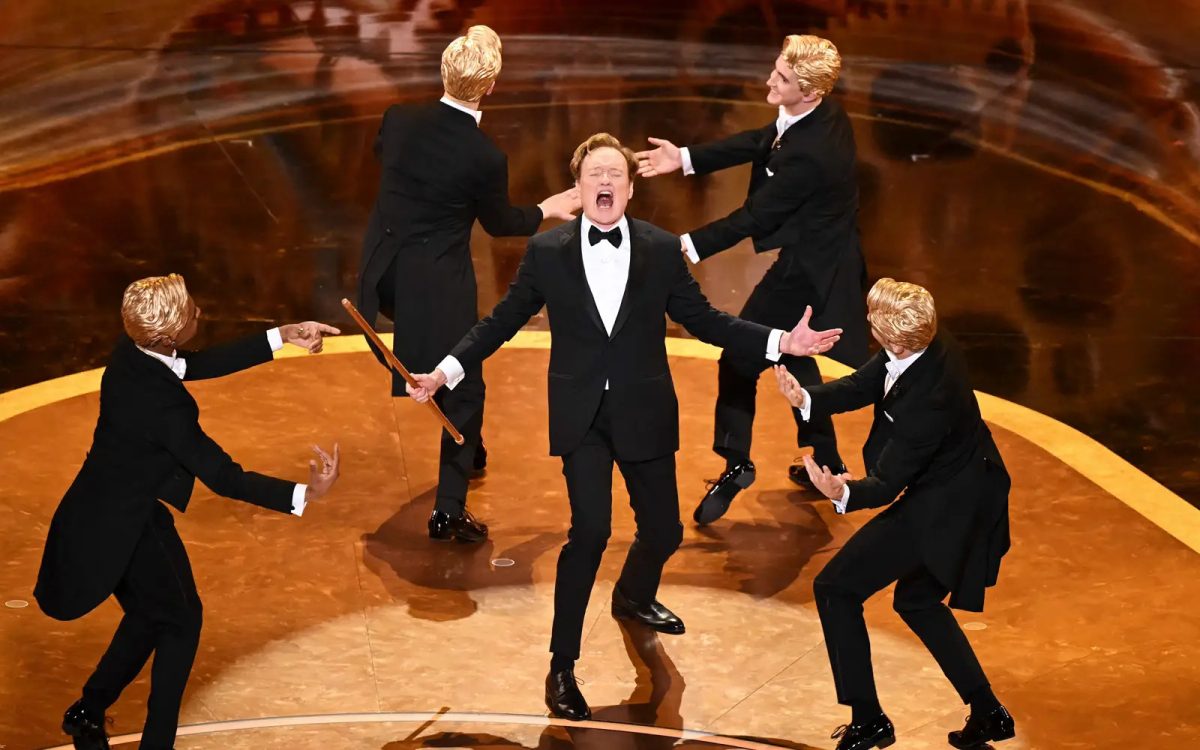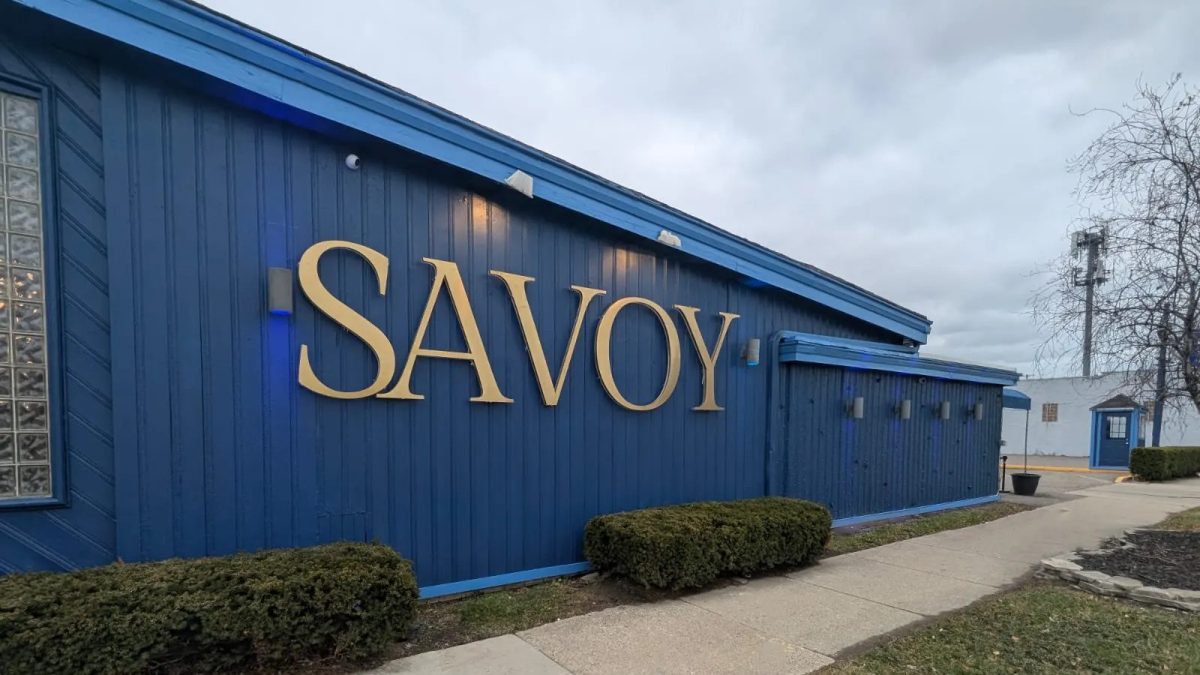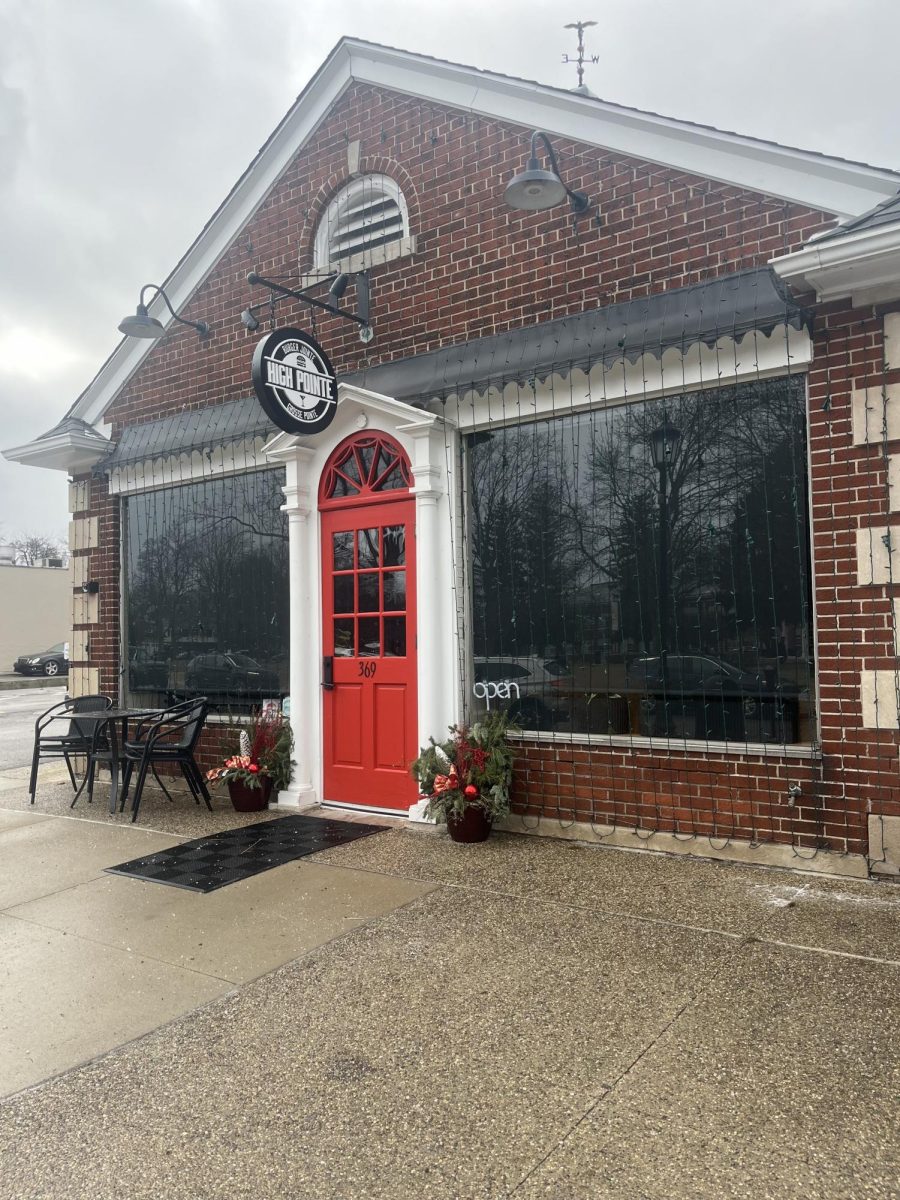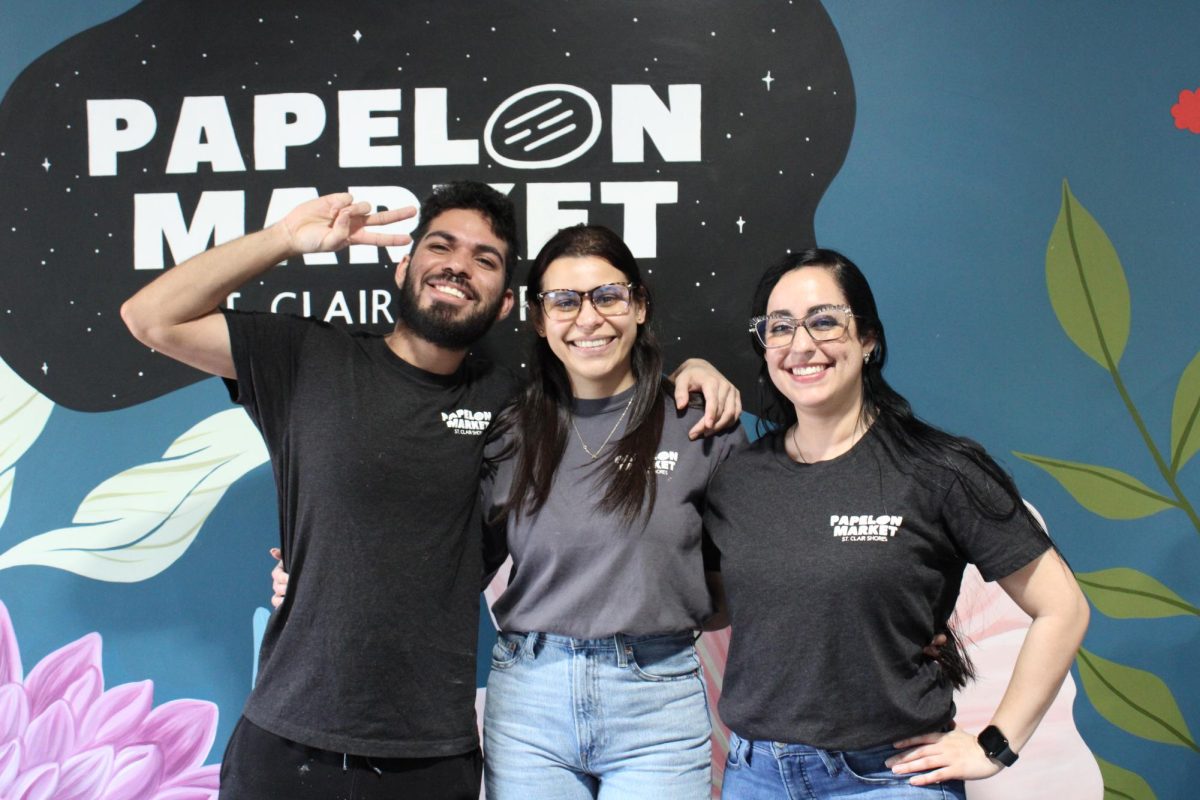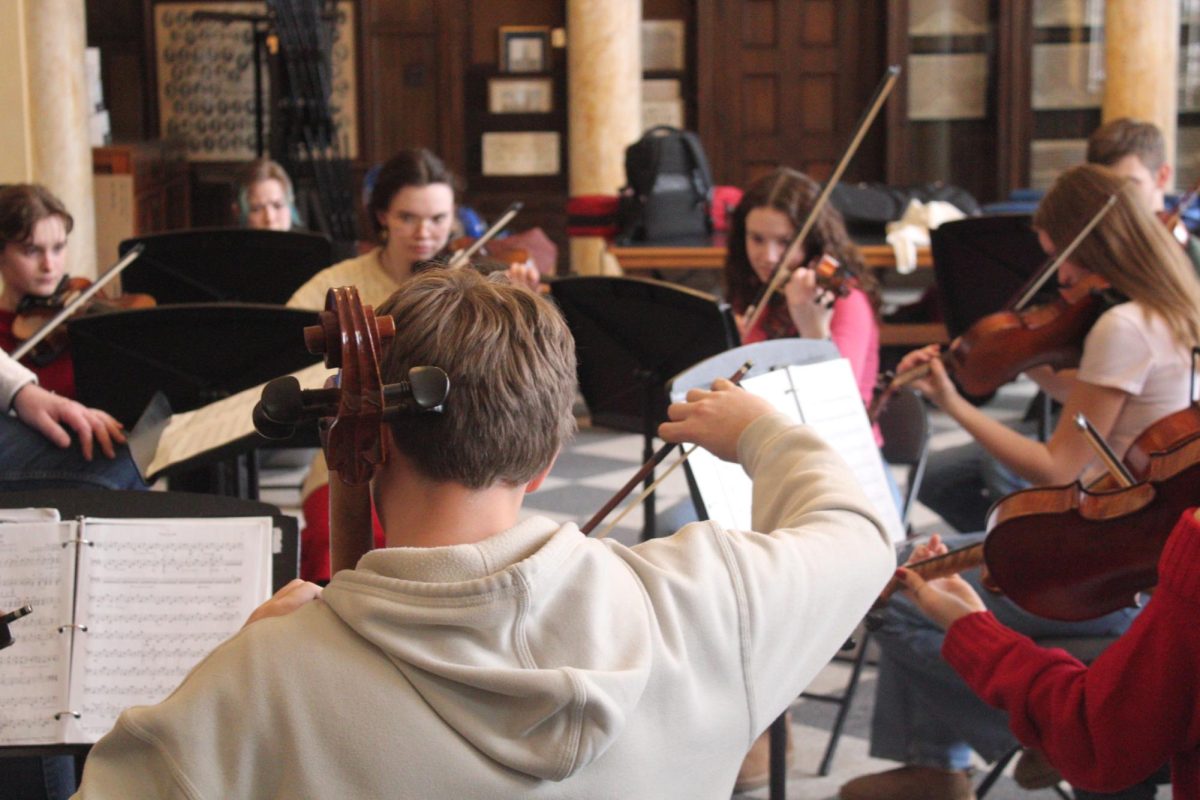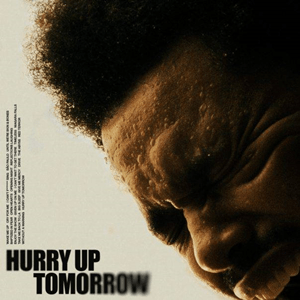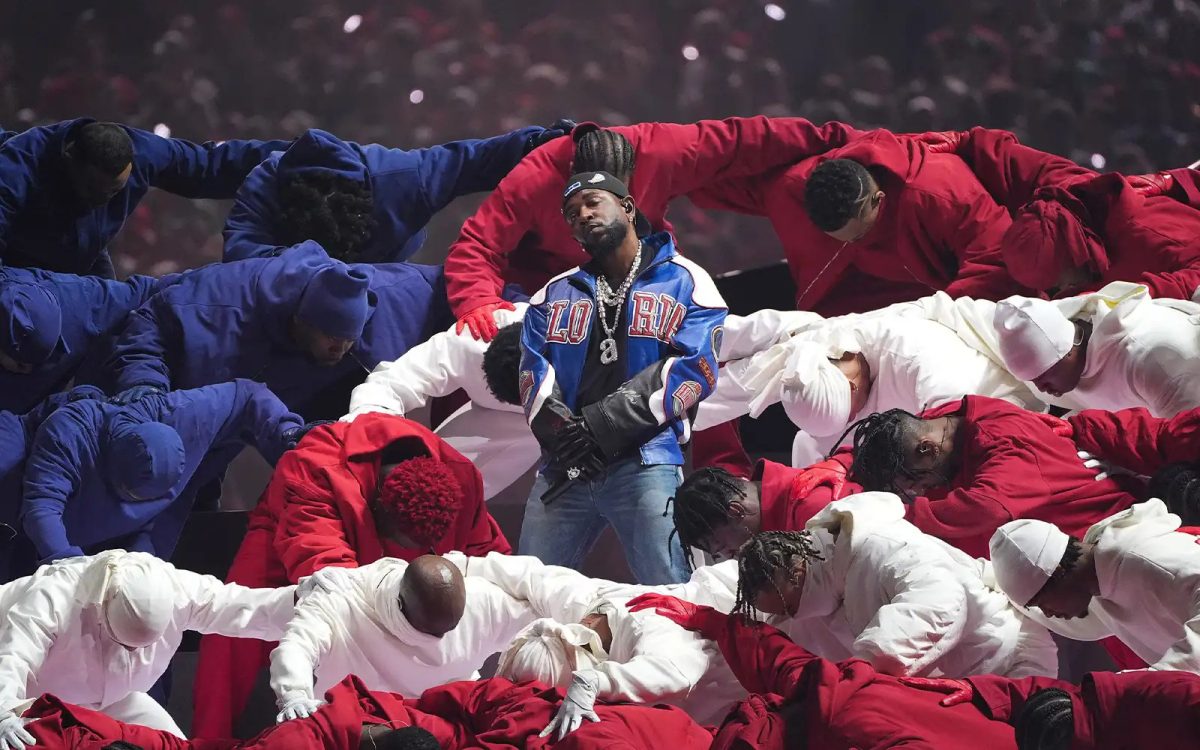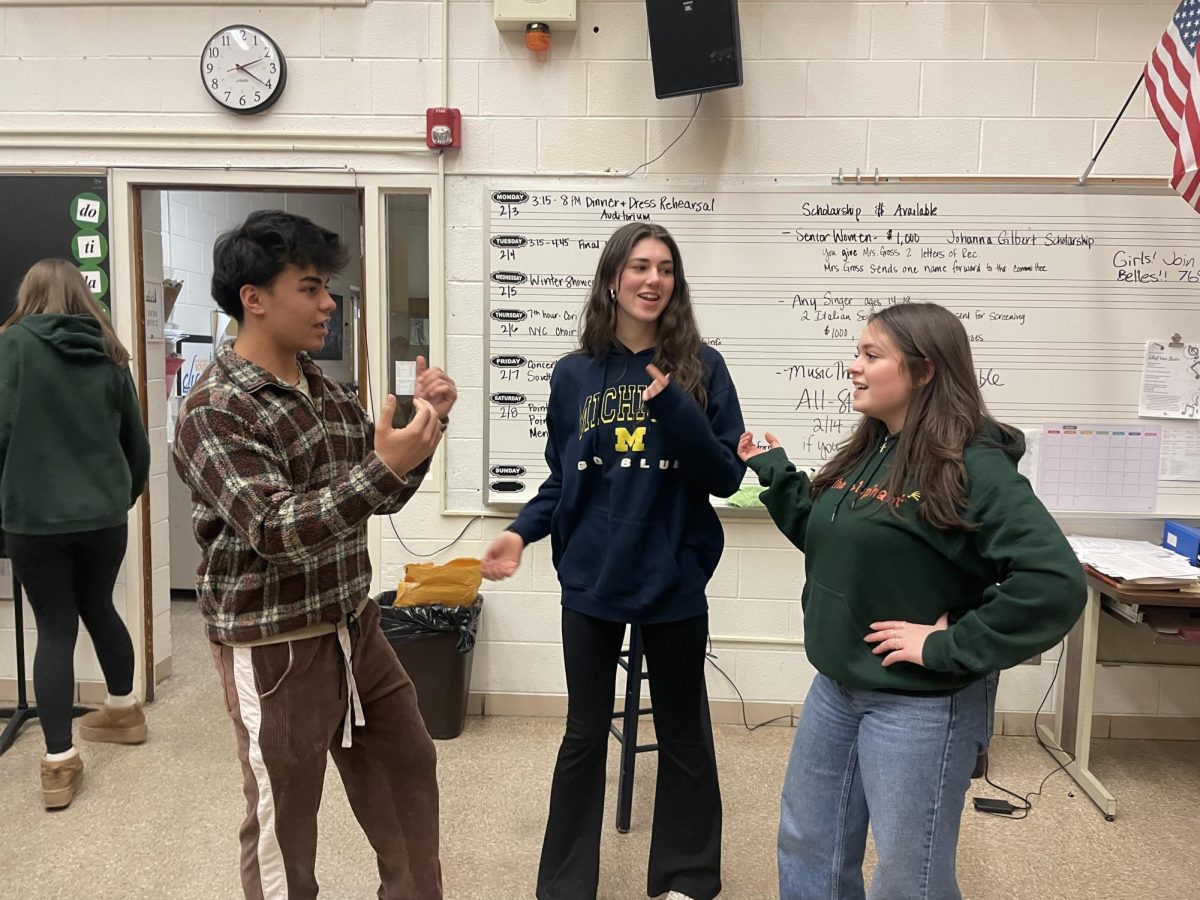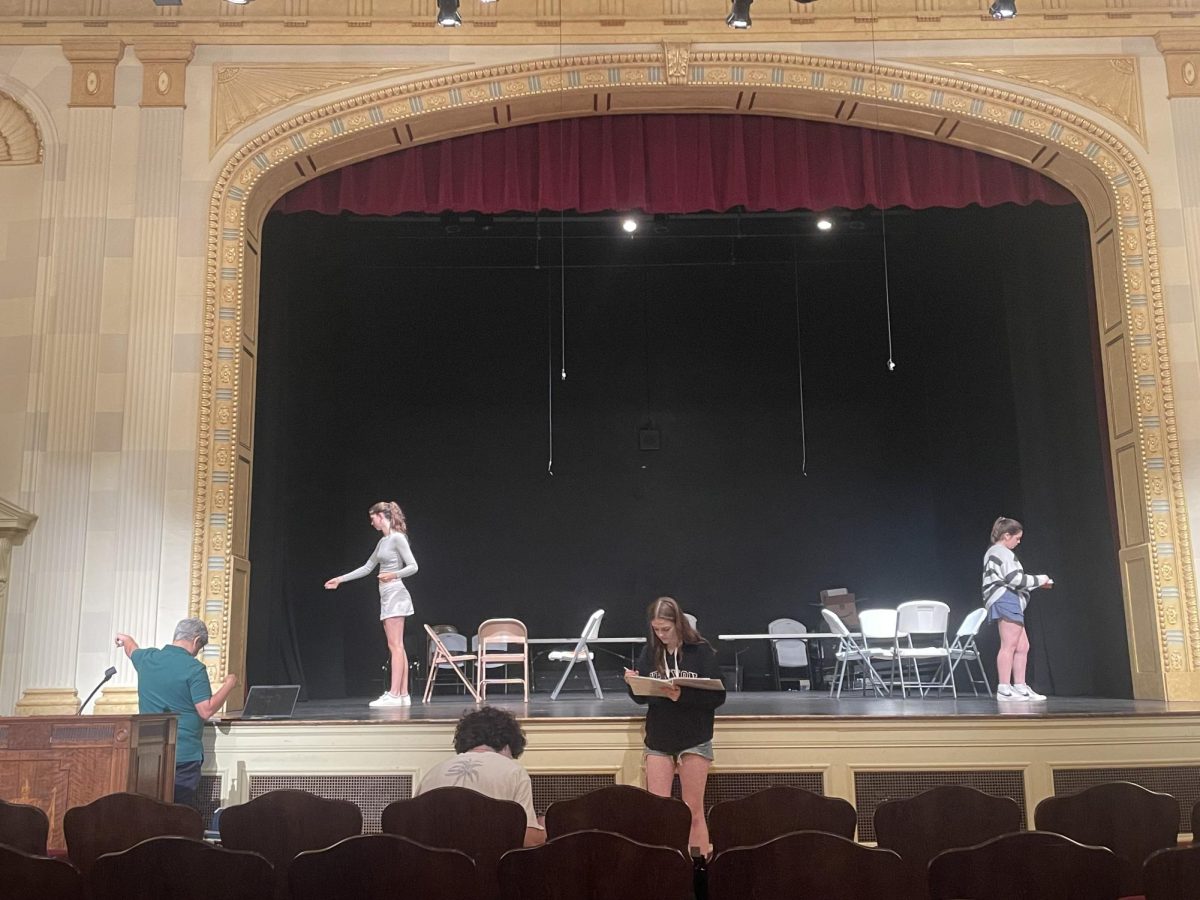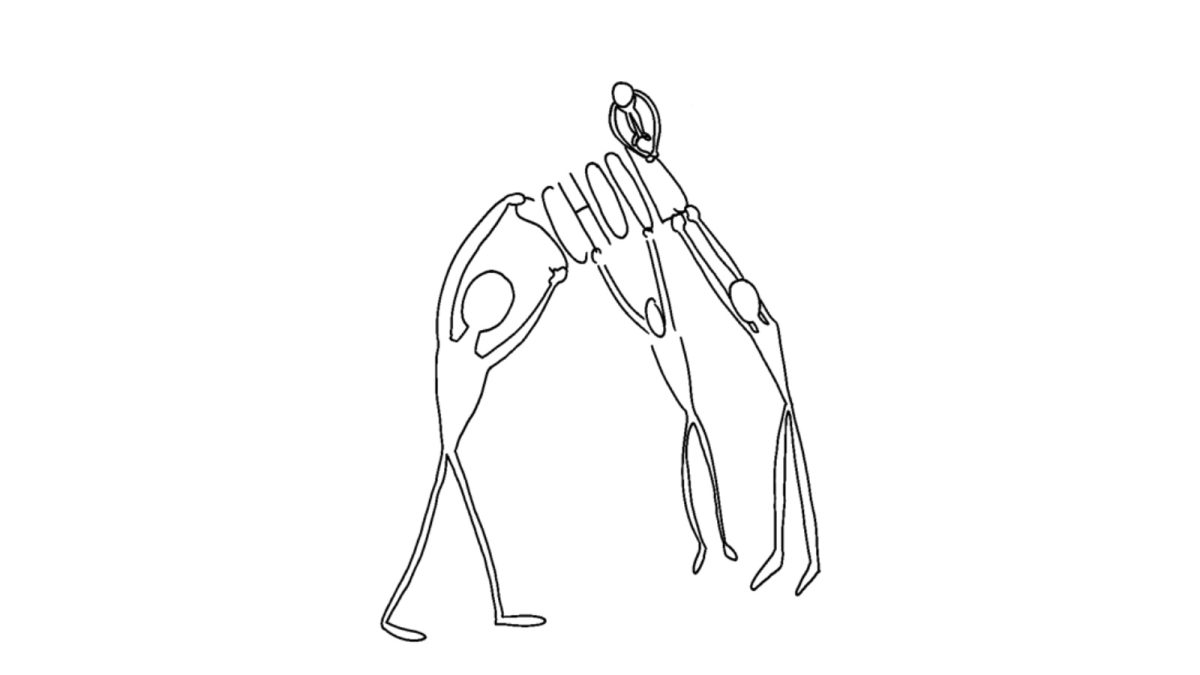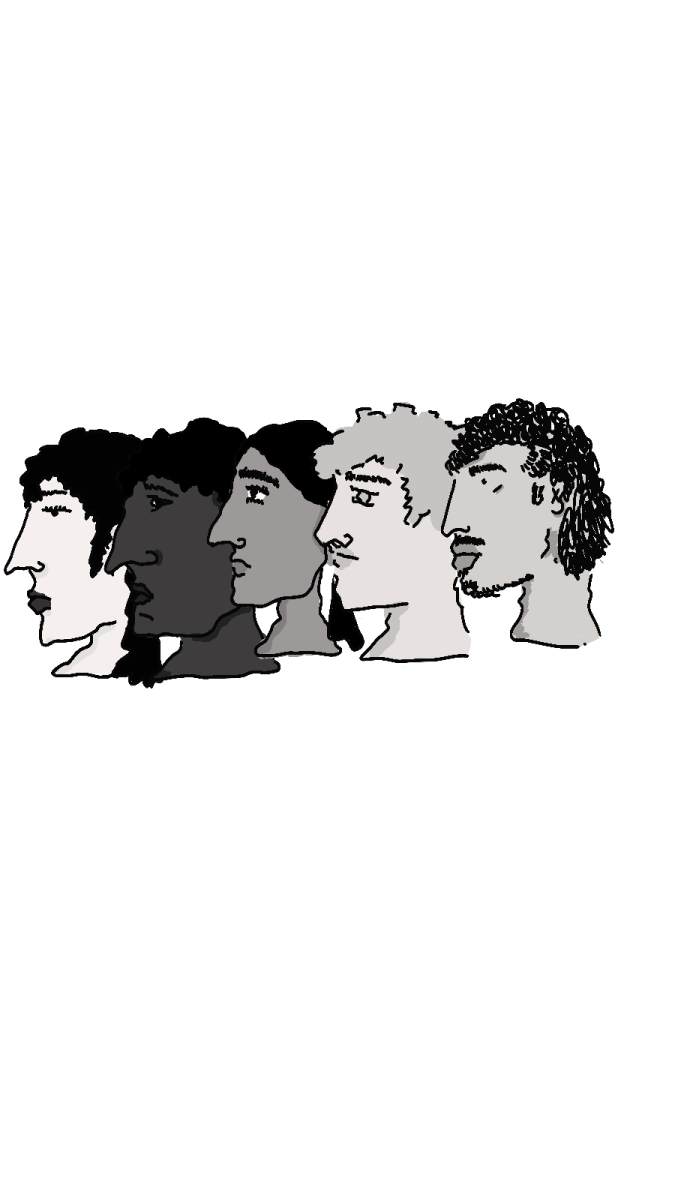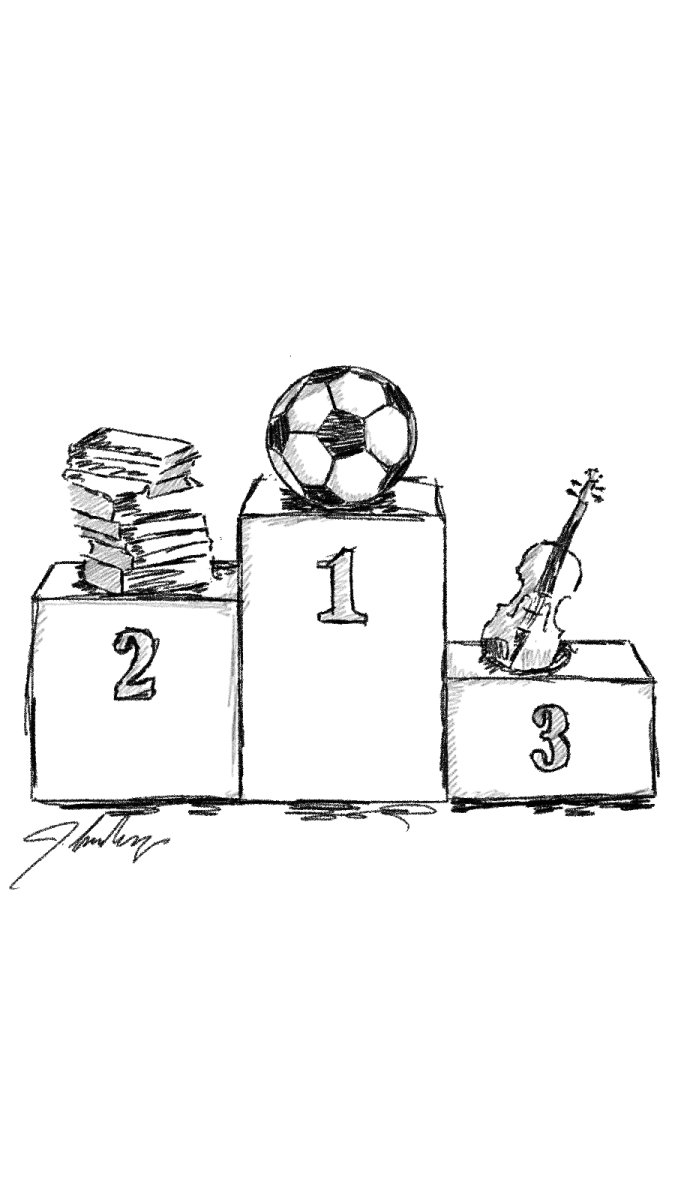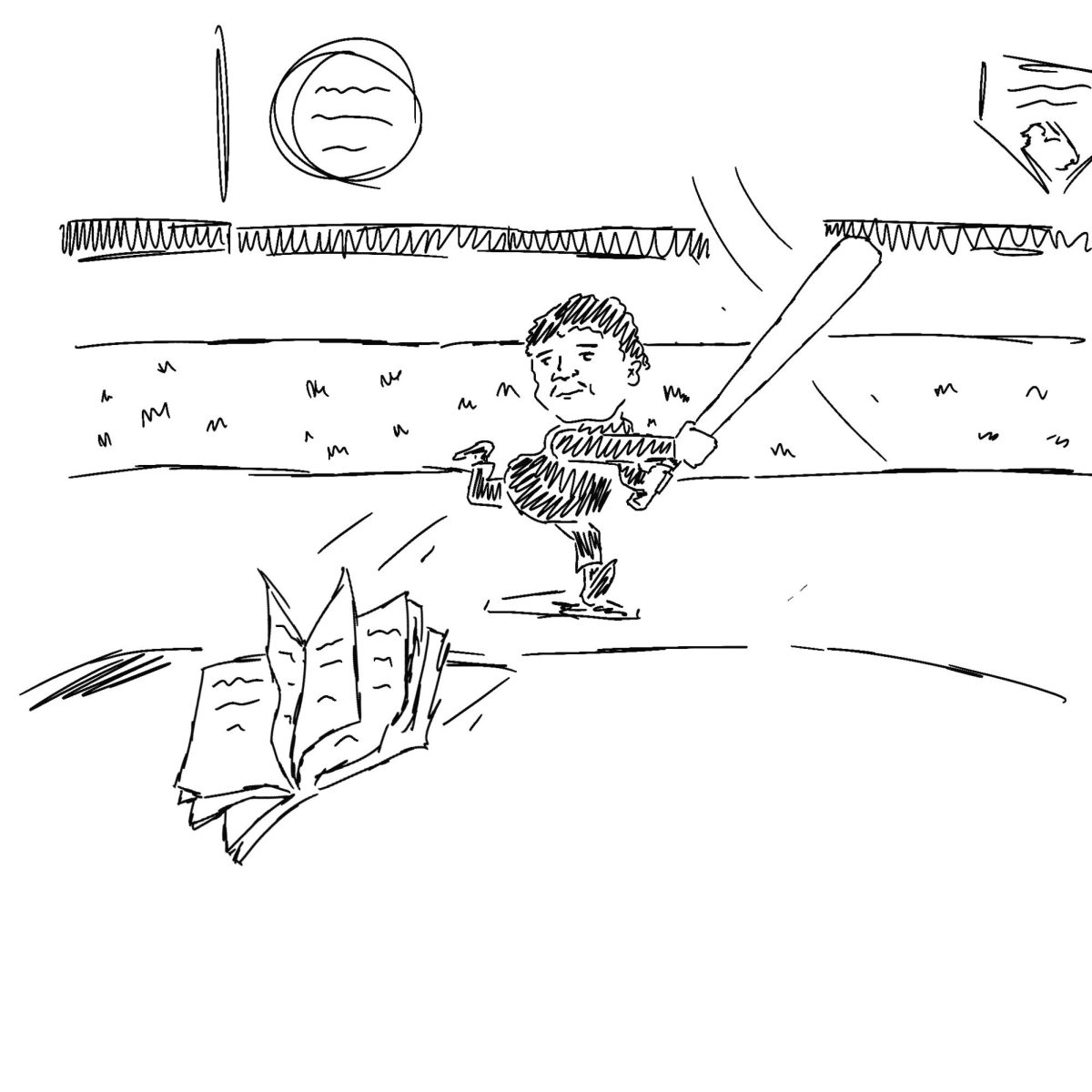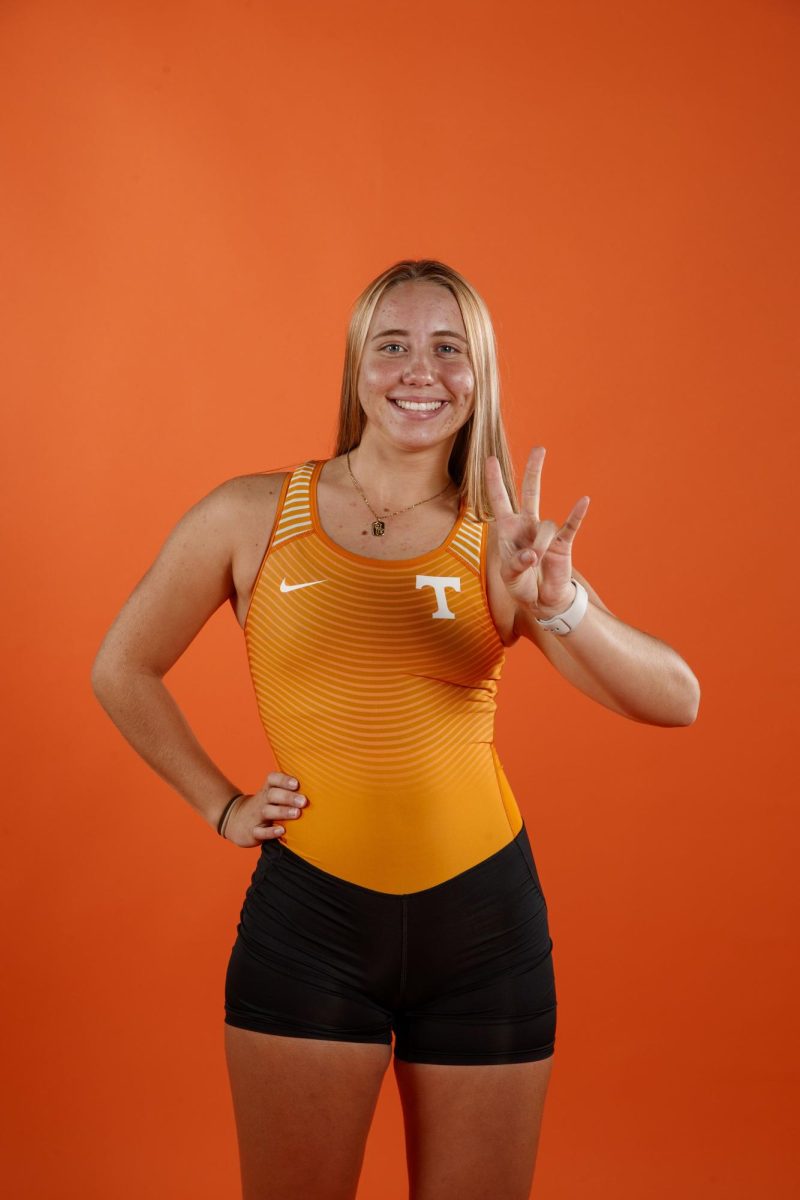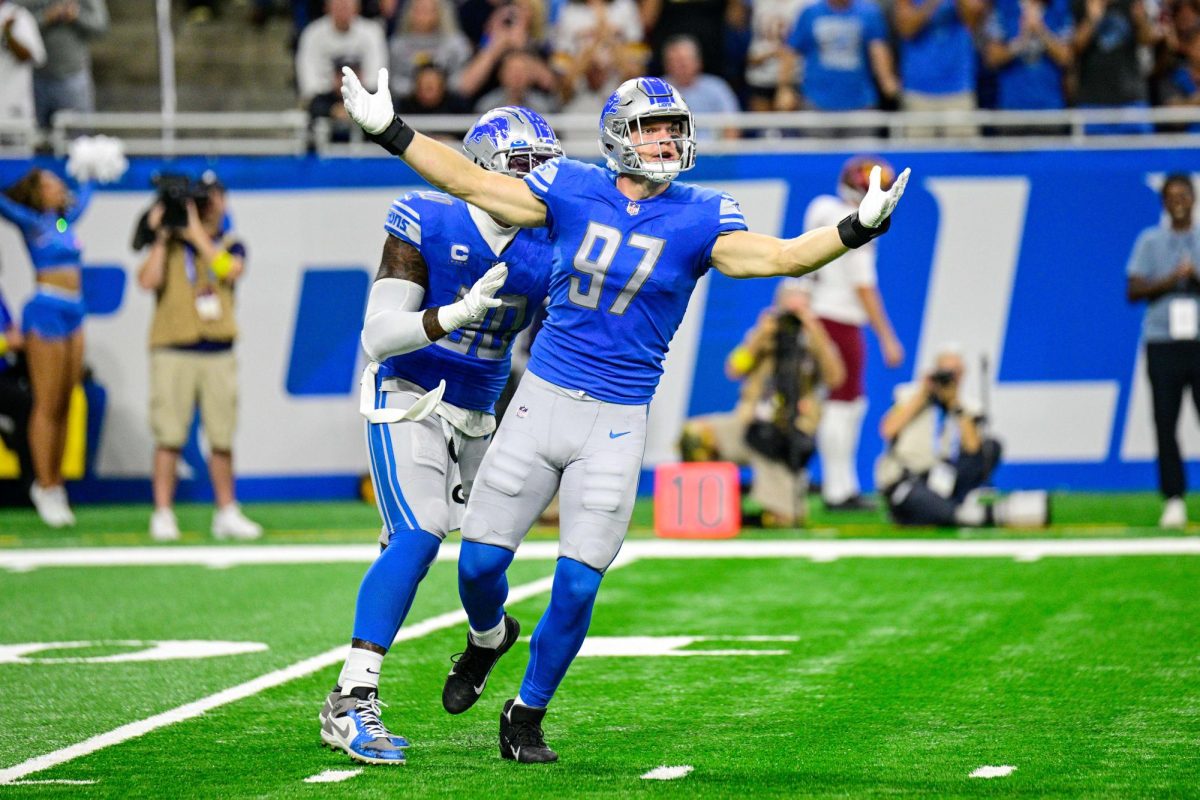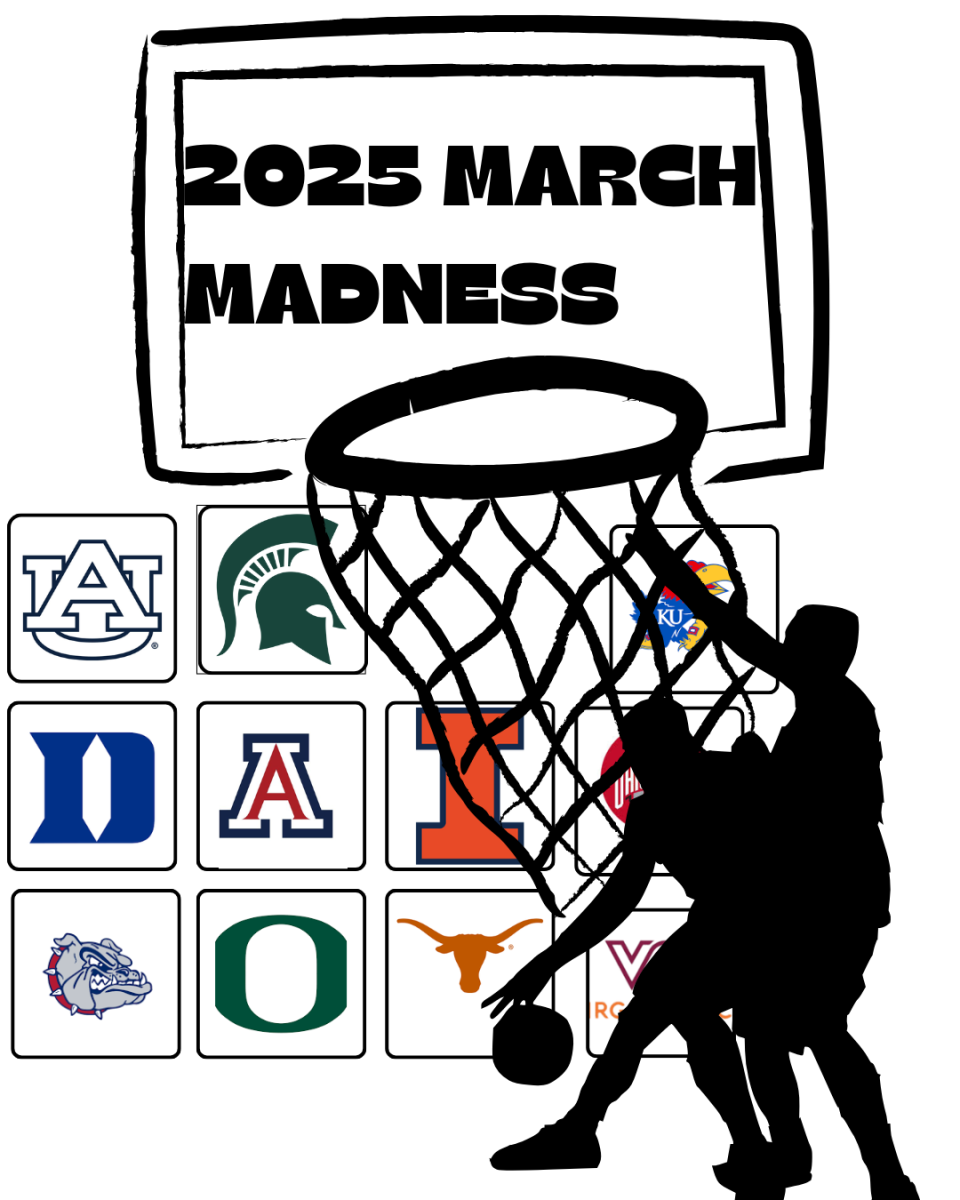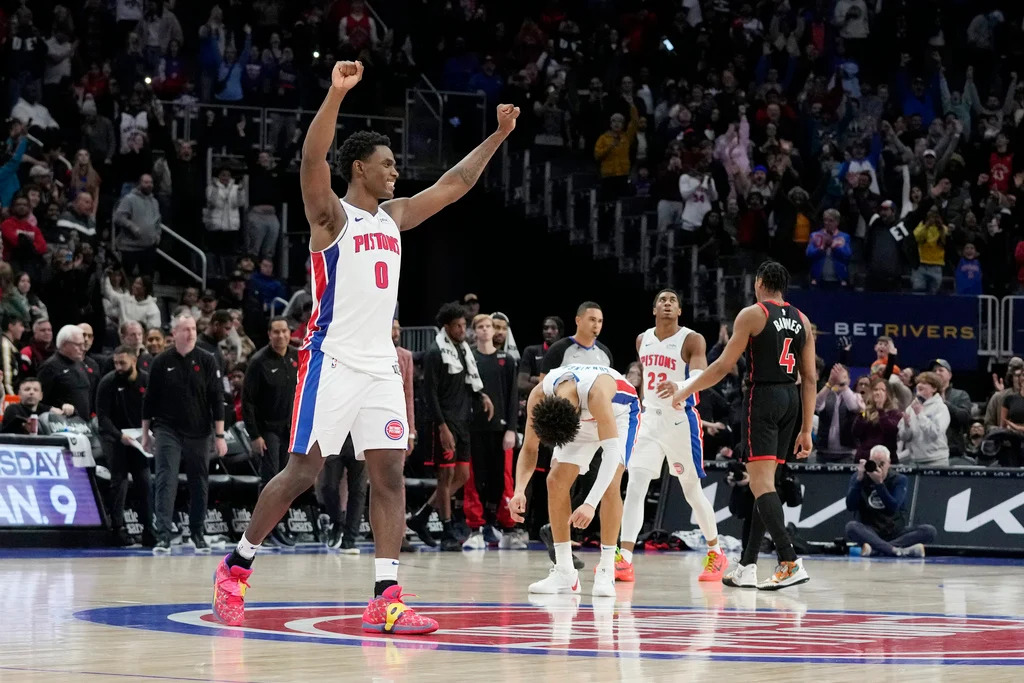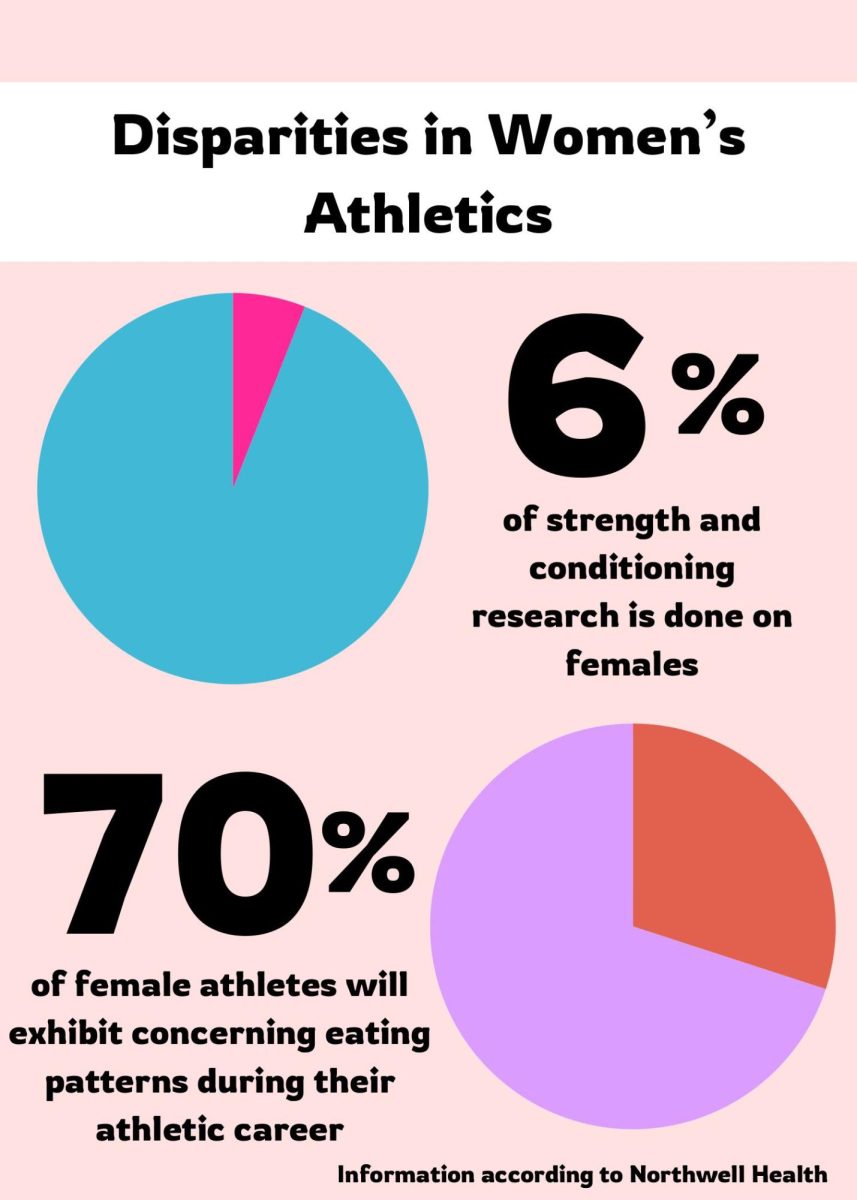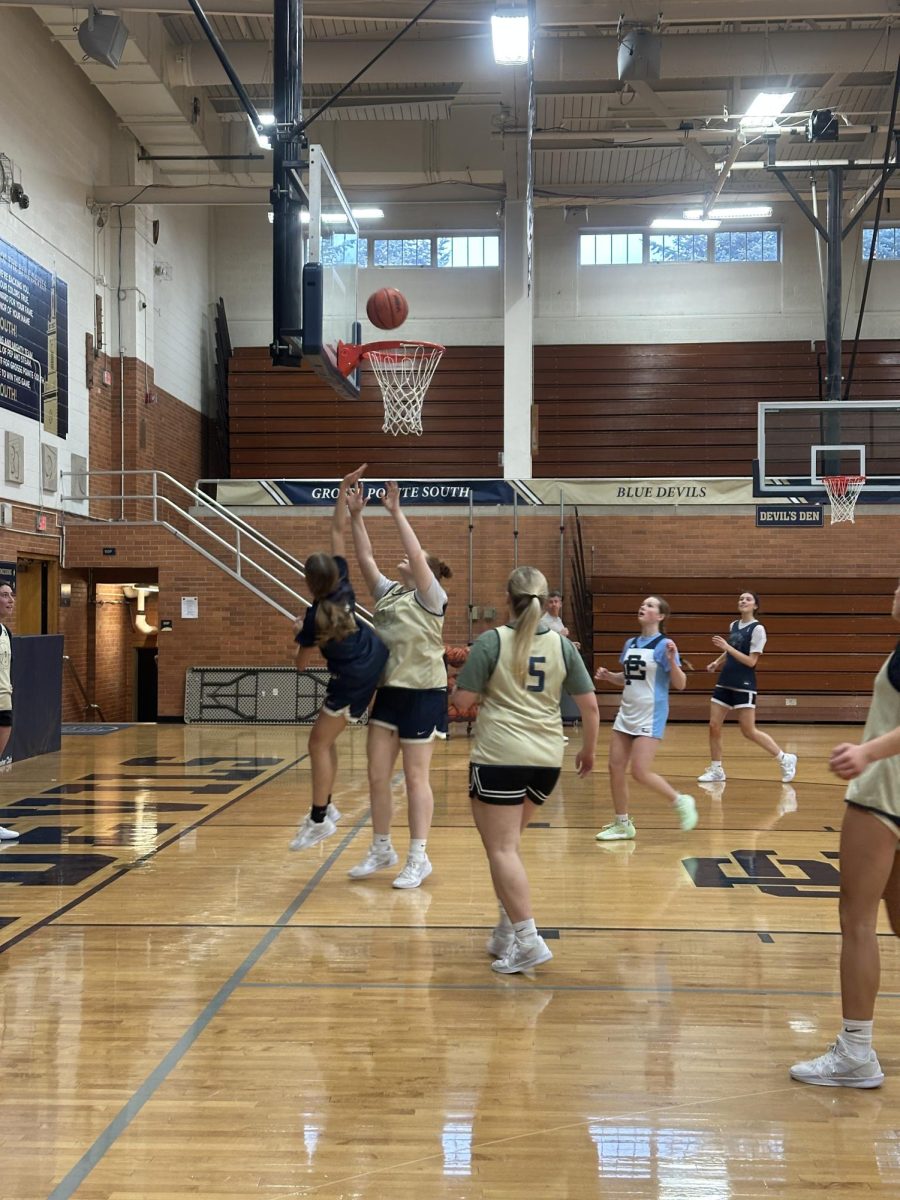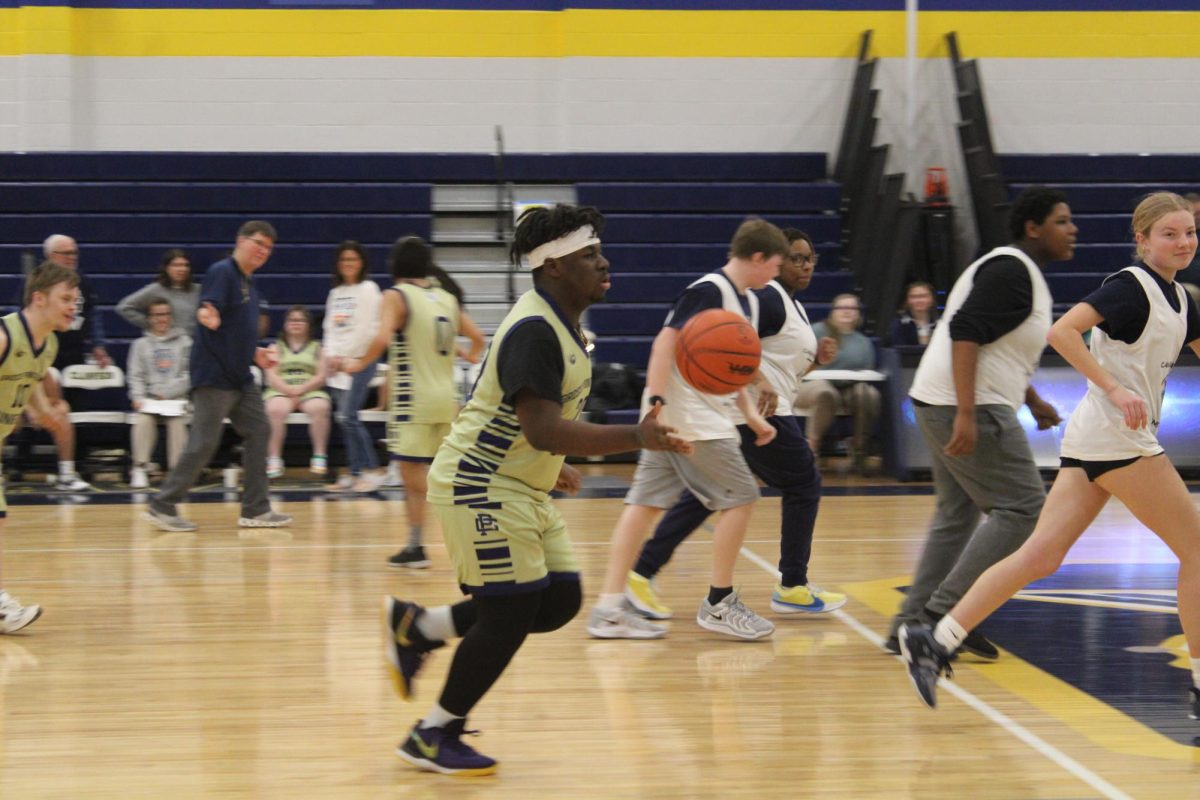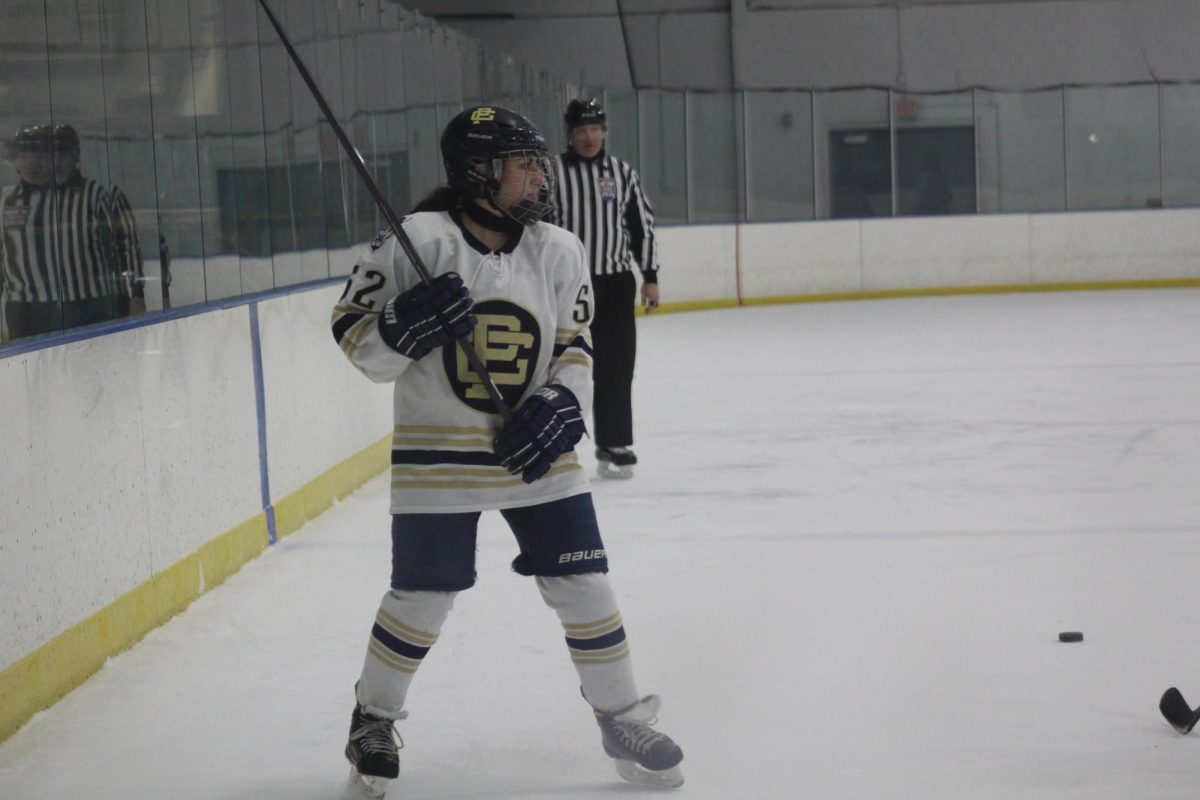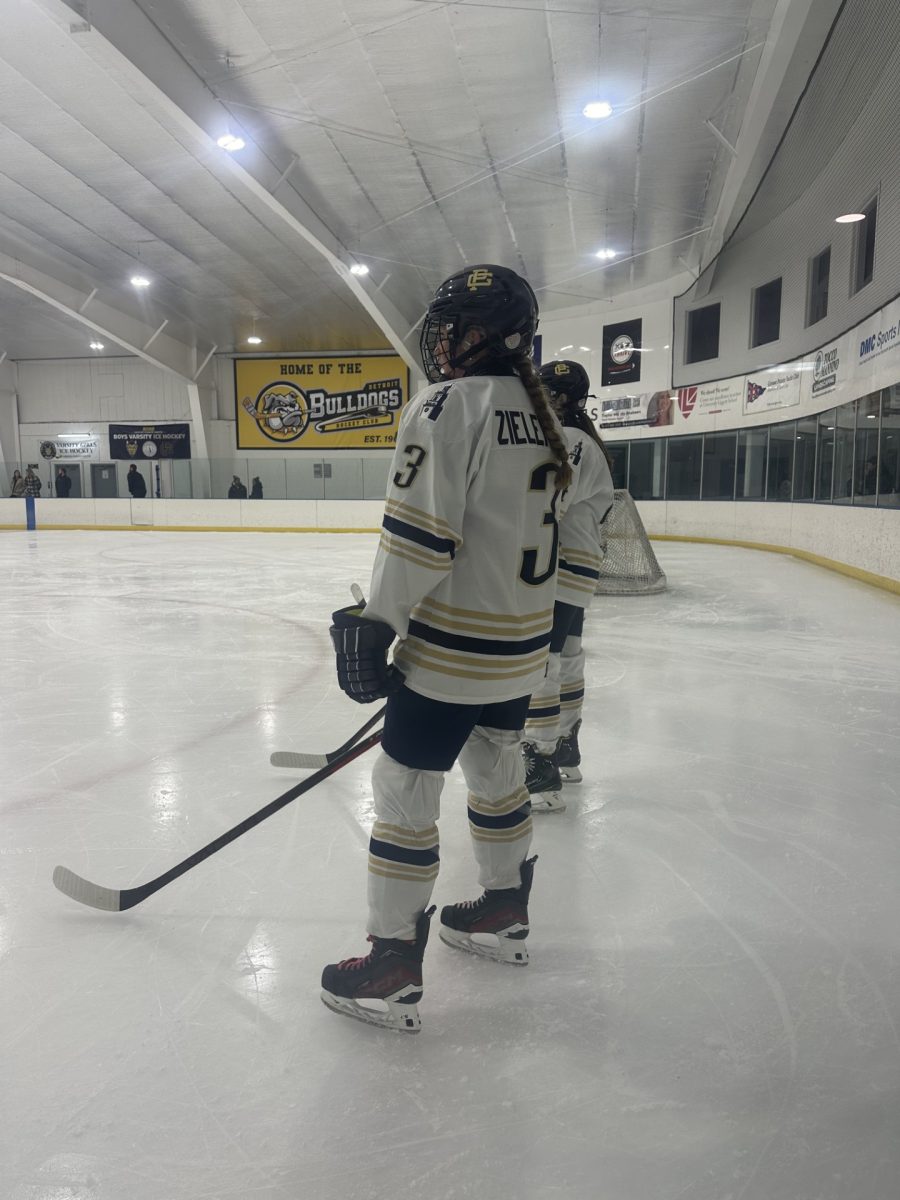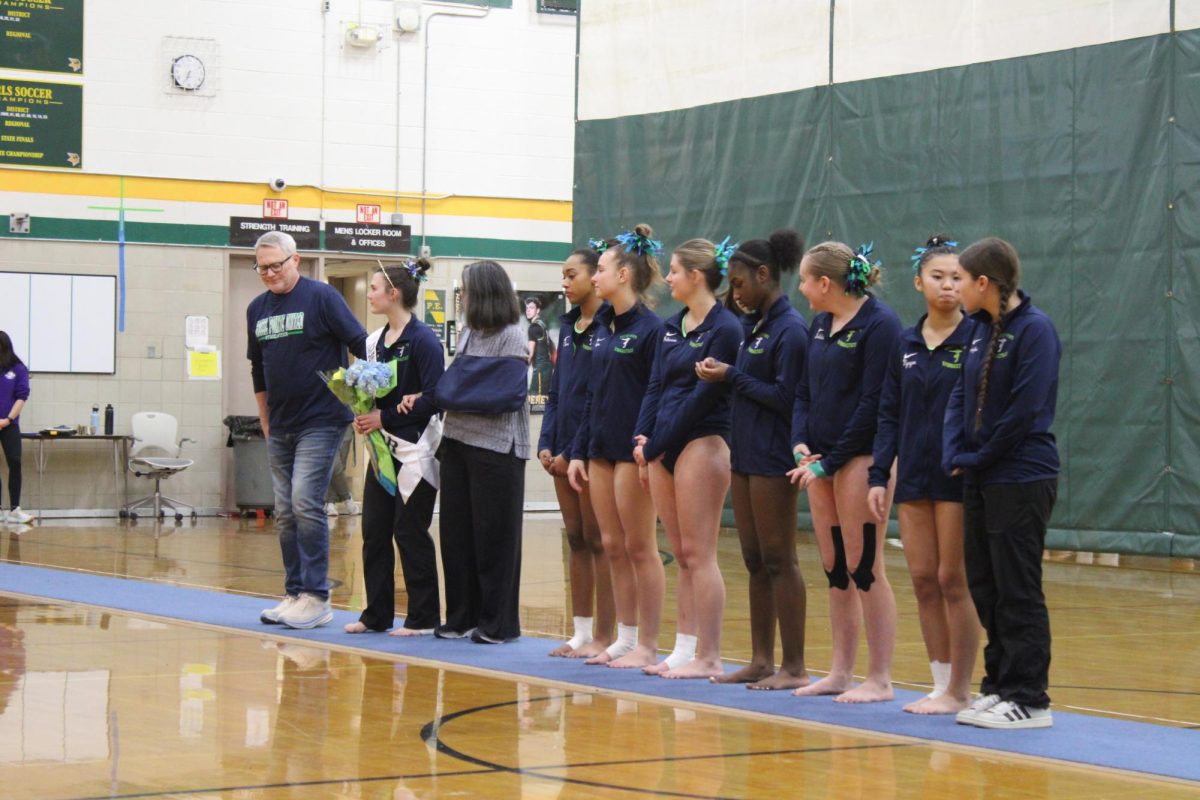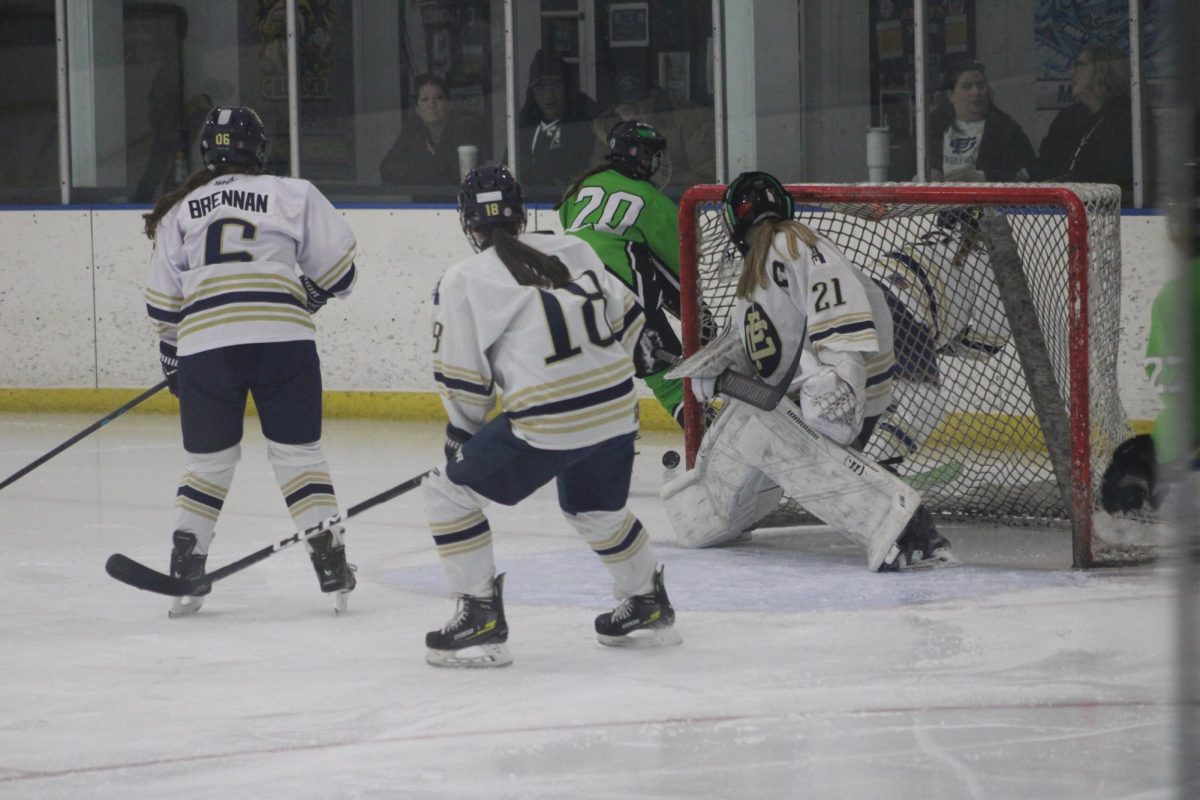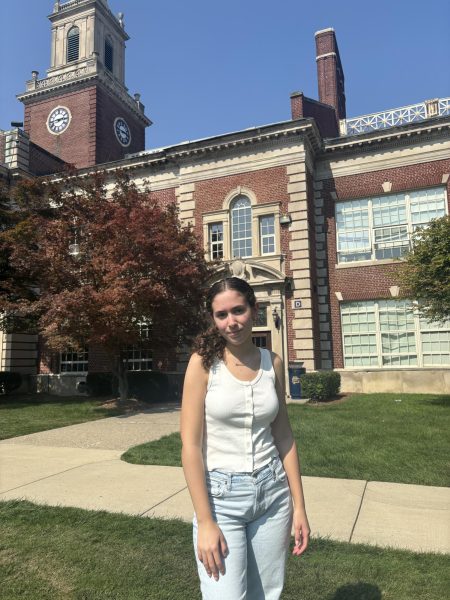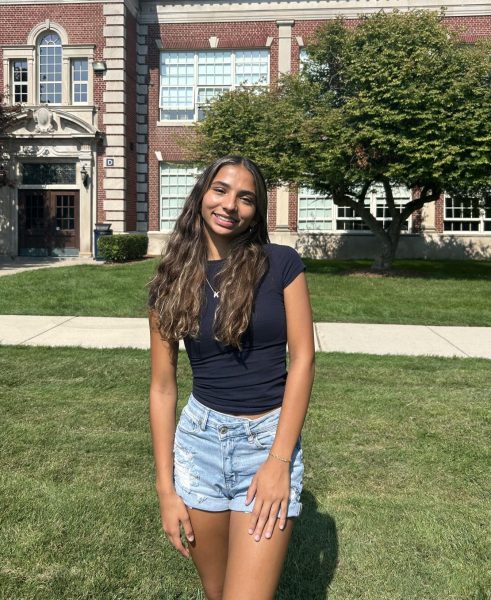From swinging bats to shooting hoops, the majority of youth across the United States are not strangers to the world of sports, and that percentage only gets larger when it comes to the Grosse Pointe community.
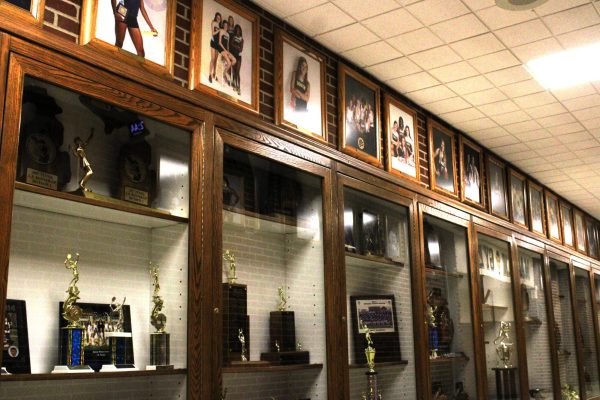
With 36 sports and 58 teams available to South students, and an even greater number of travel and recreational clubs throughout the community, the opportunities for youth participation in athletics are nothing short of extensive. Many Grosse Pointe residents feel this presence from a young age and begin athletic participation as early as elementary school. Rising Girls’ Varsity Soccer Captain Savannah Spangler ’25 began playing at 10 years old, and the sport has stuck with her up to the high school level.
“I started with recreational soccer, and then I started playing travel soccer,” Spangler said. “I’ve just been playing at that level, then I switched teams to get a little bit better each time.”
Because of strict Michigan High School Athletic Association (MHSAA) rules, Spangler wasn’t able to participate in both South soccer and her existing travel team simultaneously. 2023 was her first year playing for South’s varsity teams, and she is continuing with this upcoming spring season.
“There’s a lot more fitness with my club team, and the intensity of practices is higher,” Spangler said. “You can tell people want to be there a little bit more than high school, where people just do it because of their friends (to have) fun. It’s nice to keep that balance.”
Spangler has committed to playing soccer at Marian University in the Fall, a National Association of Intercollegiate Athletics (NAIA) team, with a full athletic scholarship.
“When I was younger, I was just fast and scored all the goals,” Spangler said. “Then my love for the game just kept growing. I liked the competitiveness of it and it was just fun. Now, it’s paying for me to leave the state and go to school.”
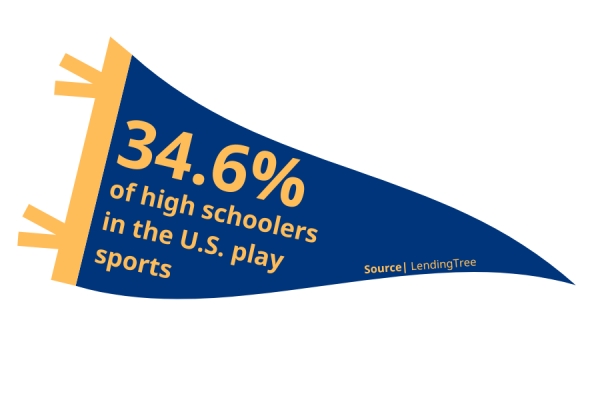 “65 percent of South students are also athletes, meaning the vast majority of the school’s population is living with the balance of an eight-hour school day and after-school athletic practices. With this in mind, School Psychologist Lisa Khoury recognizes the importance of understanding how to best approach sports in a way that also supports mental health.
“65 percent of South students are also athletes, meaning the vast majority of the school’s population is living with the balance of an eight-hour school day and after-school athletic practices. With this in mind, School Psychologist Lisa Khoury recognizes the importance of understanding how to best approach sports in a way that also supports mental health.
“Sometimes kids that are involved in sports get over-involved or over-committed, and that presents a strain on their day,” Khoury said. “With too much practice and too many sports, you’re more prone to injury and you’re feeling lots of pressure that could cause some anxiety and depression.”
Many student-athletes, like Spangler, see this added strain when it comes to balancing school work and after-school sports practices. With only so many hours in a day, oftentimes the first thing to go is a good night’s sleep, preventing students from fully recovering from the day.
“For my travel team, I drive 40 minutes to and from practice every night,” Spangler said. “It’s hard to get homework done, and there are times when I’ll have a little slip-up and homework will be turned in late. I’m tired the next day at school, and then I’ll fall asleep in class, then the cycle continues.”
Despite the stress and pressure that so often comes with sports for high school athletes, Khoury also recognizes the positive effect it can have on day-to-day life as well as the importance of involvement for a student’s high school experience.
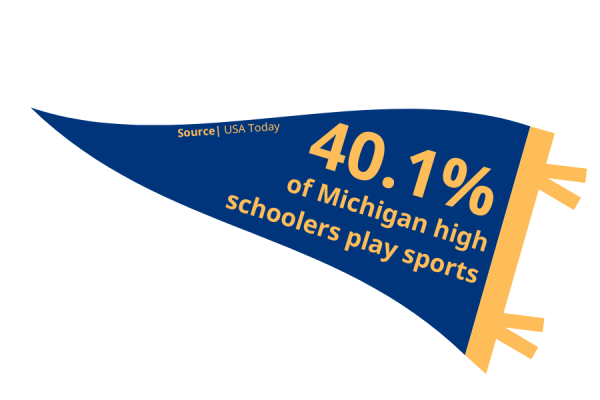 “Exercise releases chemicals in your brain that help with positive mental health, like serotonin,” Khoury said. “It also helps with social skills and working with others, and learning how to fail as well as how to win.”
“Exercise releases chemicals in your brain that help with positive mental health, like serotonin,” Khoury said. “It also helps with social skills and working with others, and learning how to fail as well as how to win.”
In a family constantly running from practice to practice, John and Kate Rondini, parents to four student-athletes, have gotten used to juggling numerous activities at once. Sports don’t only add to their busy schedules, but the Rondini’s have also noticed changes in their children’s behavior due to them.
“One of our kids used to be very shy and joining sports really helped them come out of their shell,” Kate Rondini said. “They’ve become more social and less introverted. It’s really helped with their self-worth and confidence.”
While athletics has a strong push in the Grosse Pointe community, the Rondini’s encourage others to follow whatever is best for the wellbeing of those in their family.
“I grew up playing soccer and when my boys started playing it, I noticed right from the get-go, they didn’t like it,” John Rondini said. “Don’t force them into doing (a sport) that you love, because it might not be a sport that they love.”
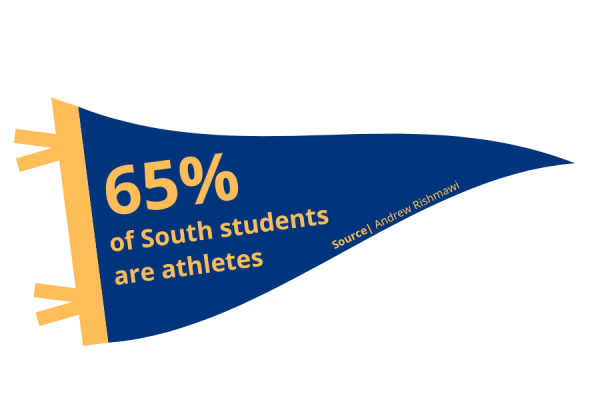 To the Rondini family, the search to find a sport they love is never over. All John and Kate Rondini care about is the happiness of their children.
To the Rondini family, the search to find a sport they love is never over. All John and Kate Rondini care about is the happiness of their children.
“As they steer towards one sport or another, they’ll eventually find what they like to do,” John Rondini said. “Just try to support them in whatever activities they end up loving.”
With the 2024-25 school year being his second as South’s Athletic Director, Andrew Rishmawi has noticed some major differences concerning the environment surrounding sports compared to his previous districts.
“Everyone loves their sports, but it feels like here there’s a lot more investment from the families in athletics,” Rishmawi said. “You can tell the community really cares about their athletics.”
Grosse Pointe is a community in which tradition is highly valued, meaning many of the most participated in sports at South are ones that have been so across decades and passed down through generations, adding an extra layer to the family connection through sports
“A lot of our student body does football, basketball, baseball as well as hockey,” Rishmawi said. “I just think it’s been a tradition here for a long time. These sports are really well attended, a lot of kids try out for these.”
In her experience playing for many different travel teams, Spangler has felt this pressure and investment from those around her with many of her teammates dedicated to pursuing soccer at the collegiate level.
“Women’s soccer starts really early, I started sending out recruiting emails at the beginning of my sophomore year,” Spangler said. “We have some girls that aren’t committed yet, and we only have a couple more games before their opportunities run out.”
Even though the majority of Grosse Pointe South students participate in high school-level athletics, fewer than 7 percent go on to play at the collegiate level. With such rigorous requirements for college-level athletes, many students feel it is more realistic to part with their sport at graduation such as Girls’ Varsity Hockey Captain Molly Reynolds ’25.
“I want to focus more on school, balancing school life and making friends outside of sports,” Reynolds said. “I’ll keep the exercise and things that I’ve learned from sports with me, but I don’t think I’ll continue. I feel like I’ve kind of decided for a while that I would do high school and then be done.”
Beginning hockey in the second grade, Reynolds has spent the majority of her life with the sport, as did all three of her siblings. With such an athletically-focused family, she’s experienced a lot of family involvement throughout her athletic career.
“Most of the time my dad is the one that goes to my games,” Reynolds said. “Sometimes my mom, my uncles and my grandpa will come too.”
Through years of experience, students like Reynolds and Spangler have mastered balancing school and sports. By finding such harmony between their education and athletics at such an early age, they’ve been able to push through whatever is thrown their way.
“At the end of the day, homework has to be done, practice is going to end and the game is going to be over so just don’t stress,” Spangler said. “You just have to enjoy it.”